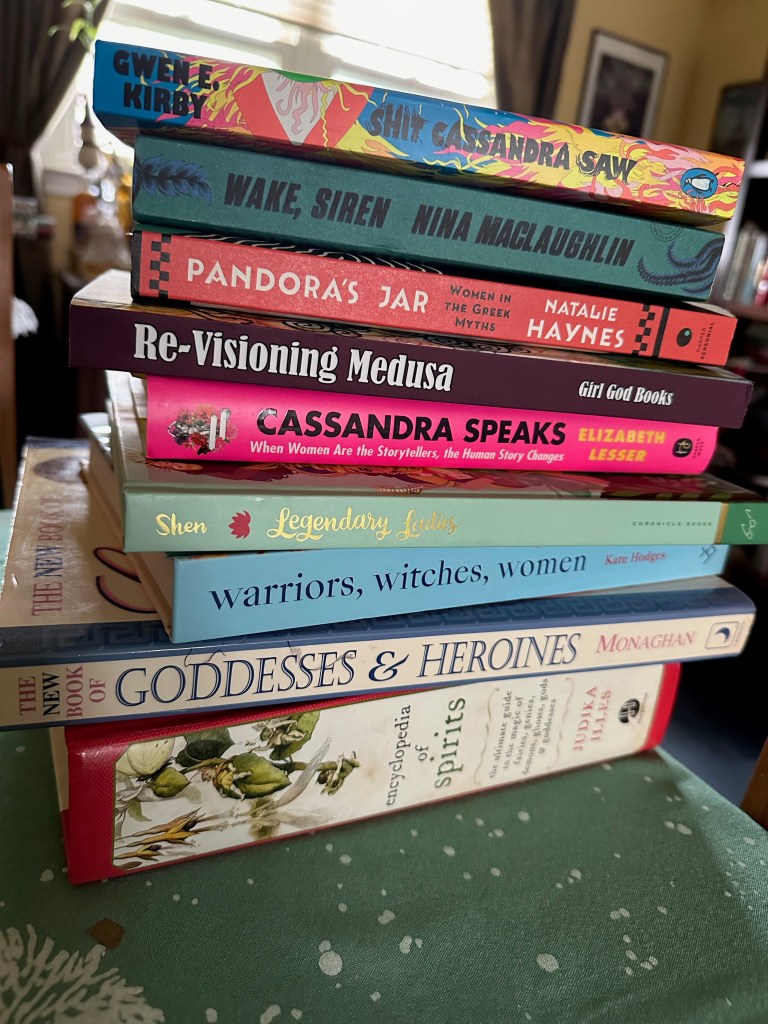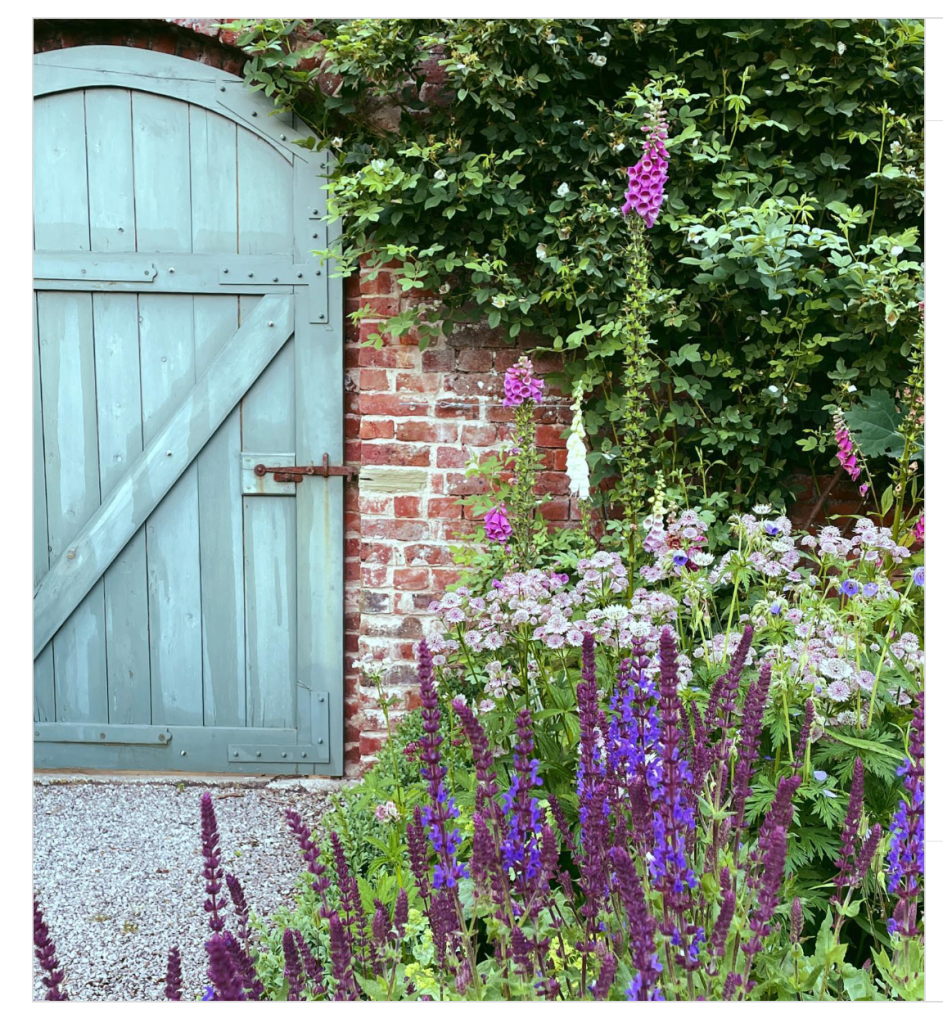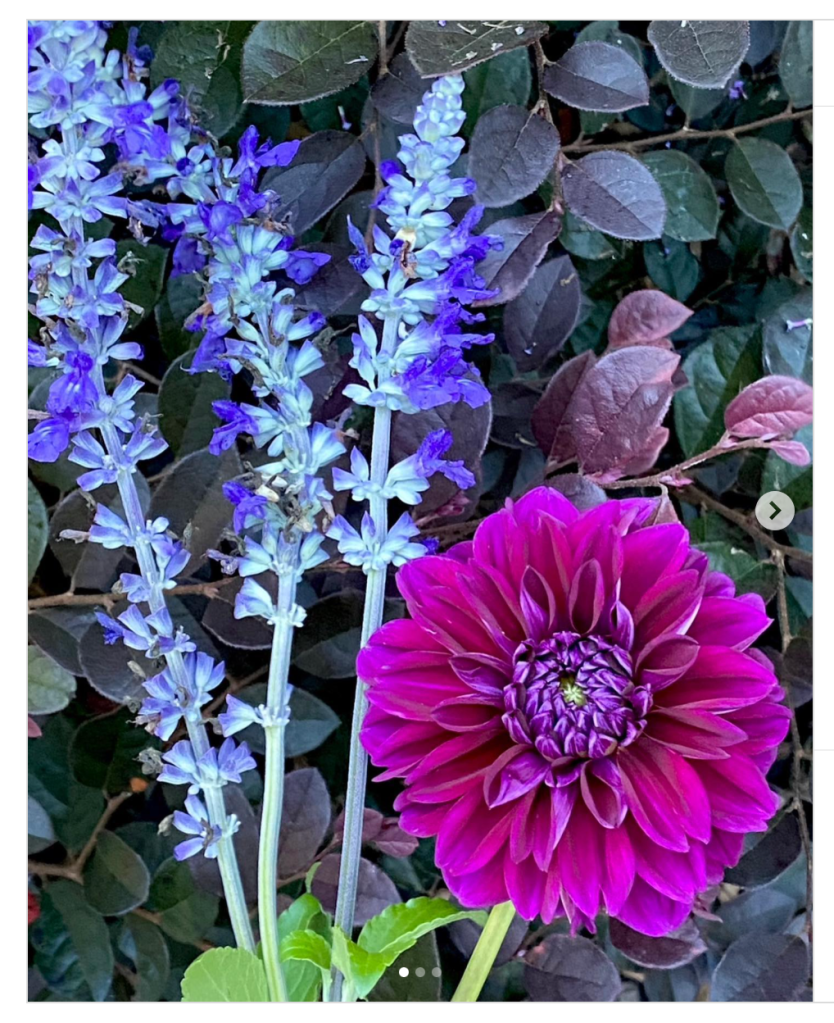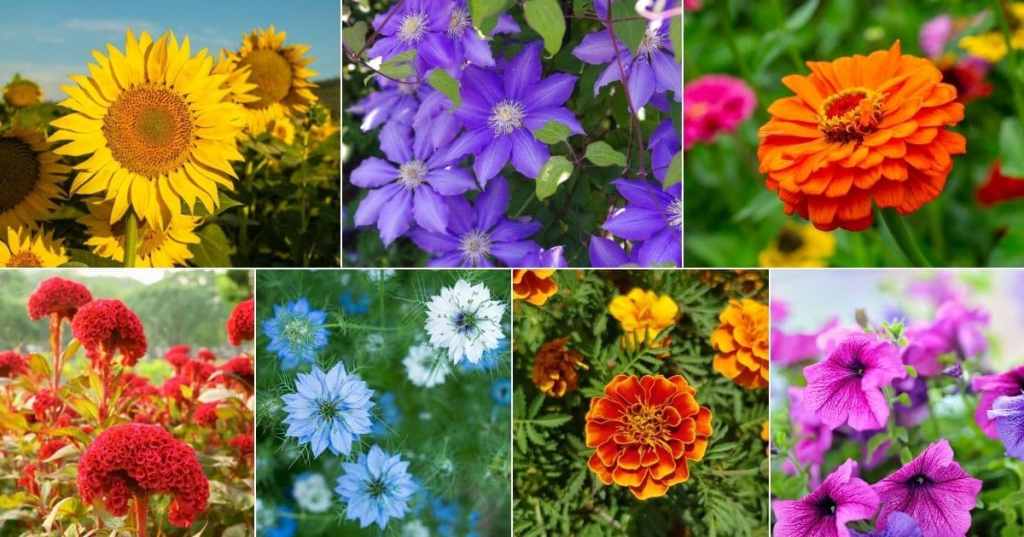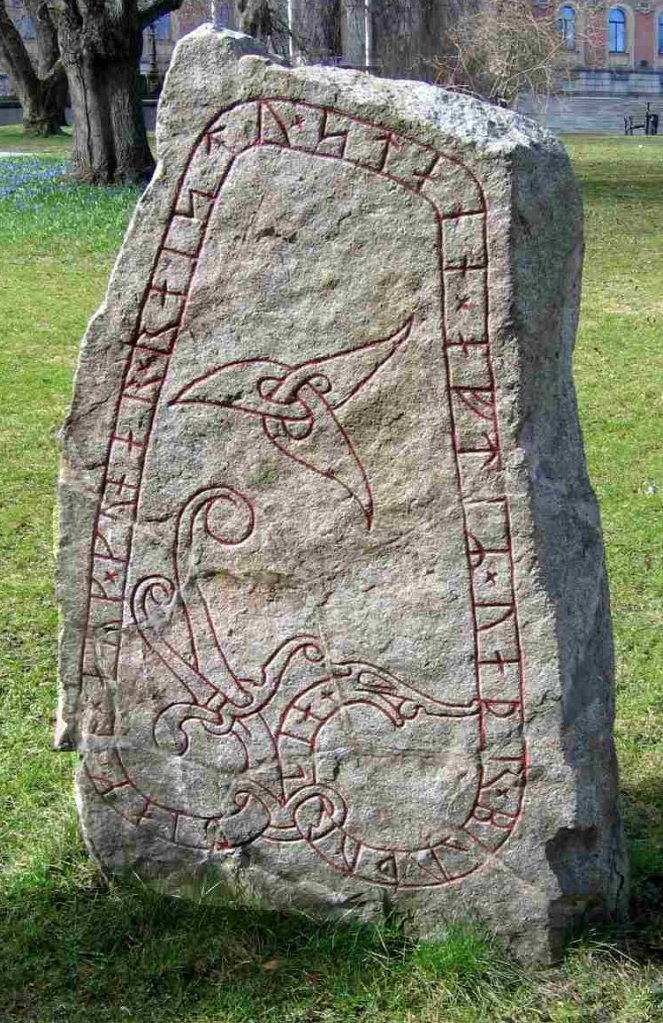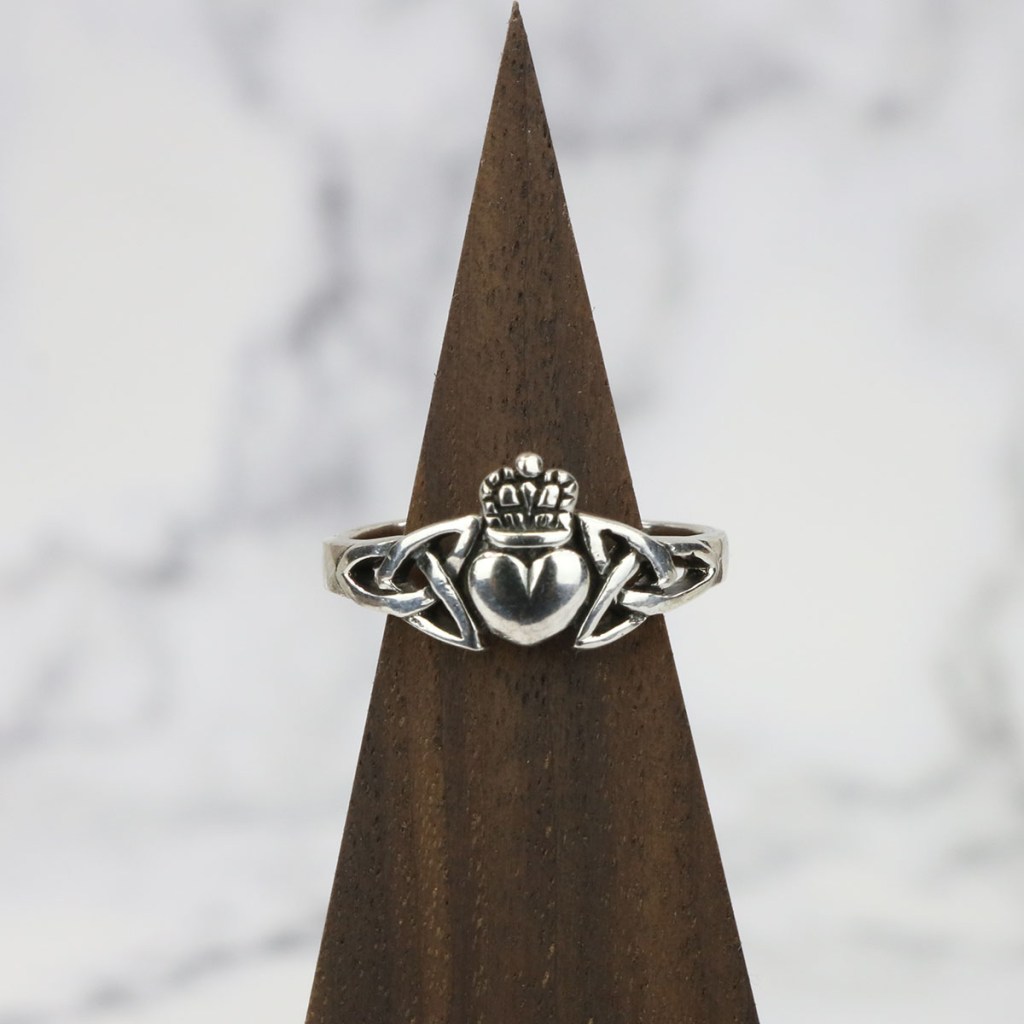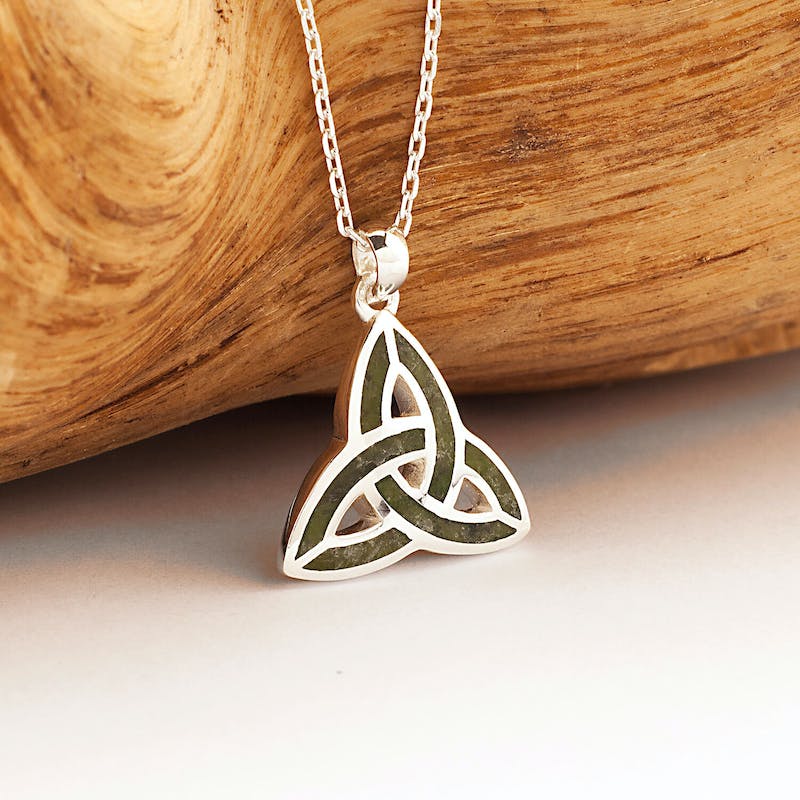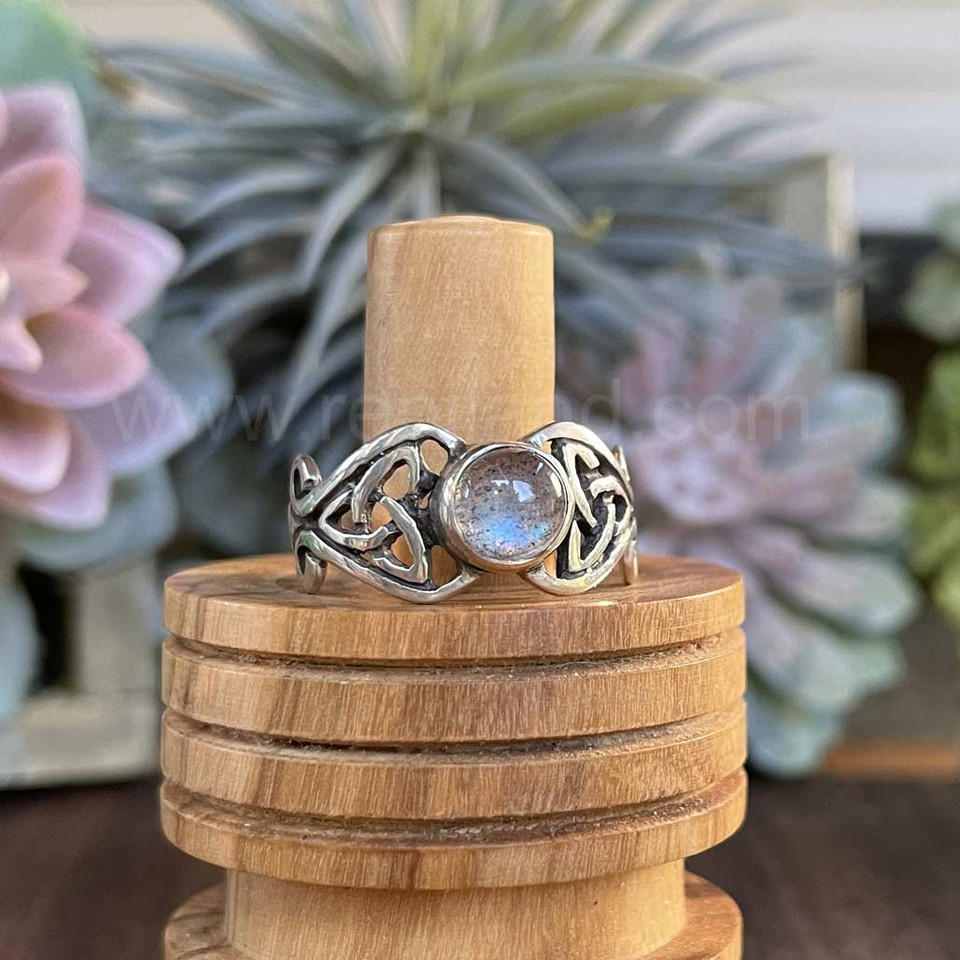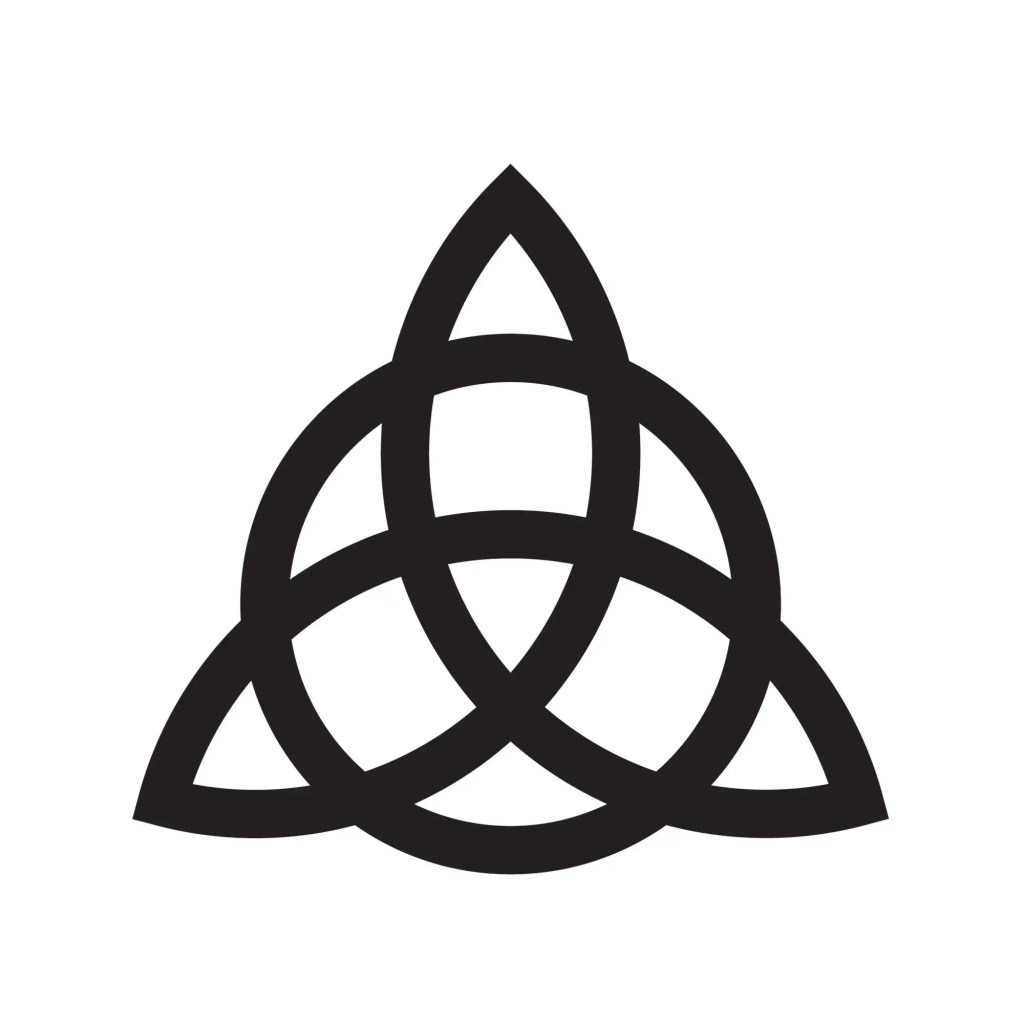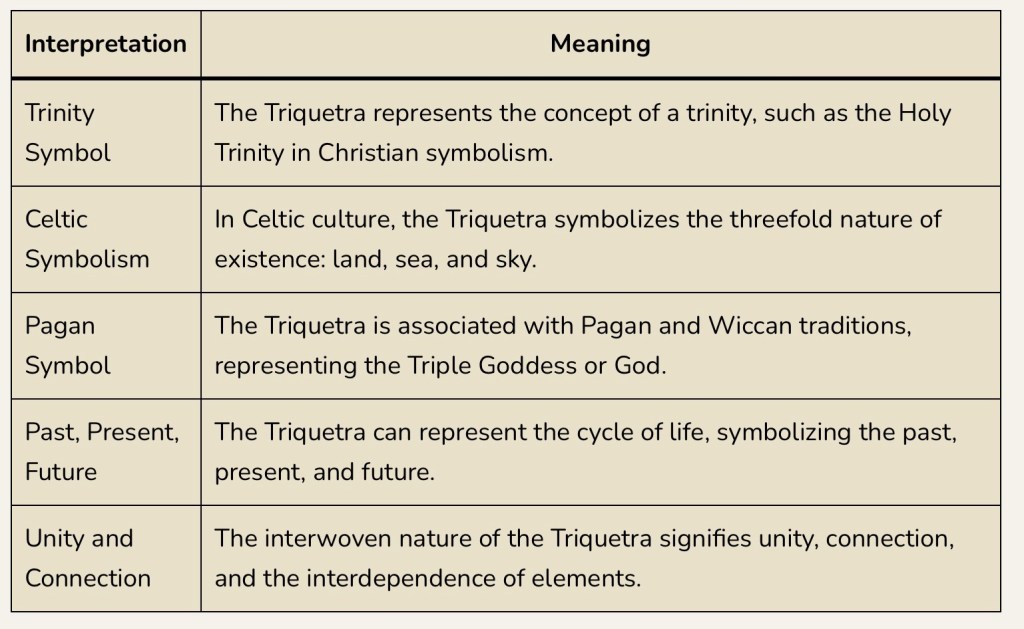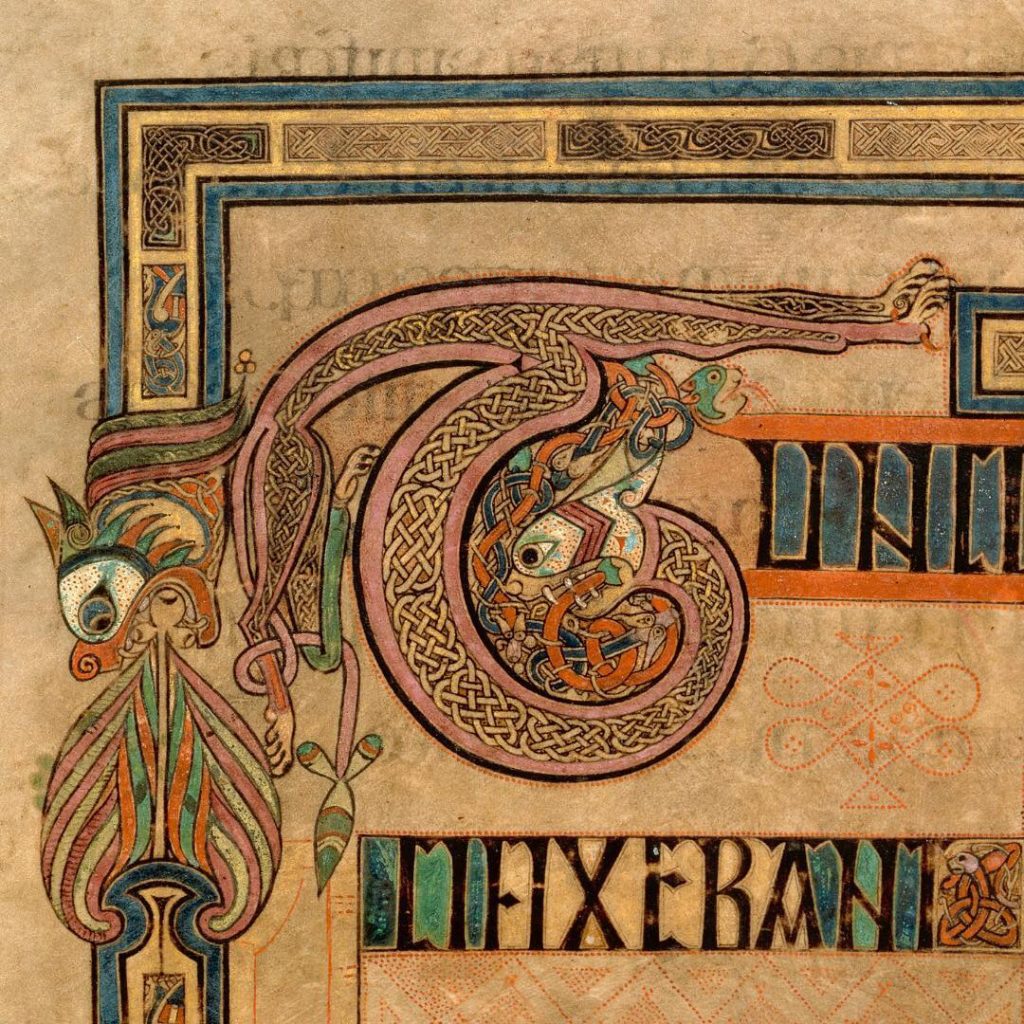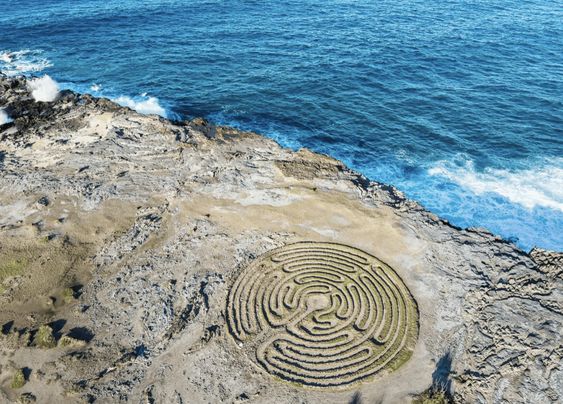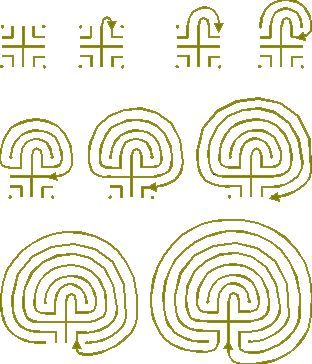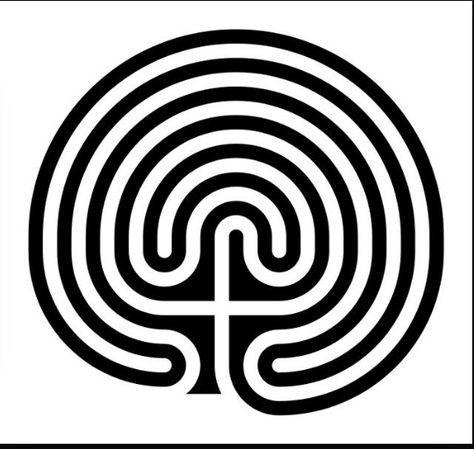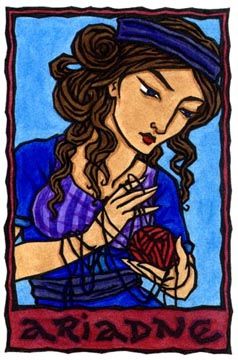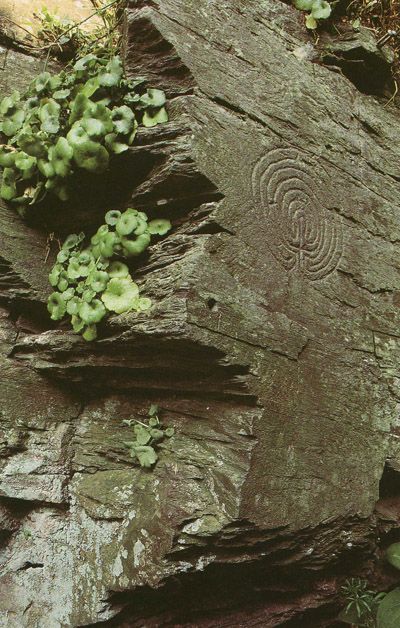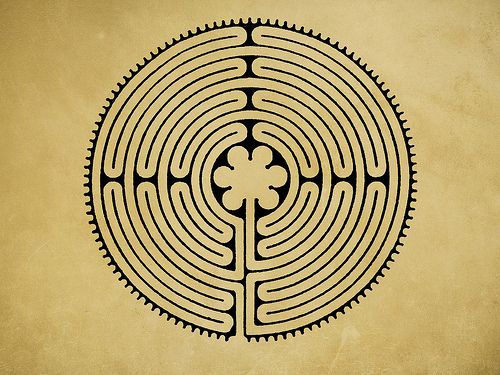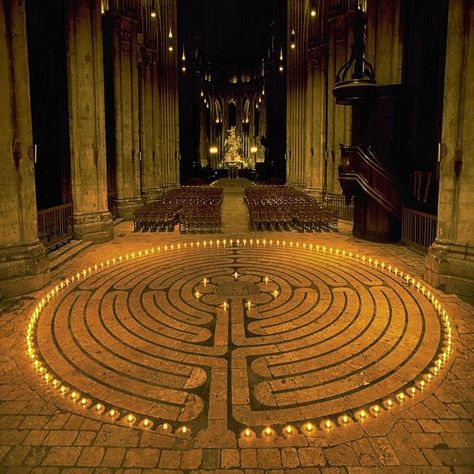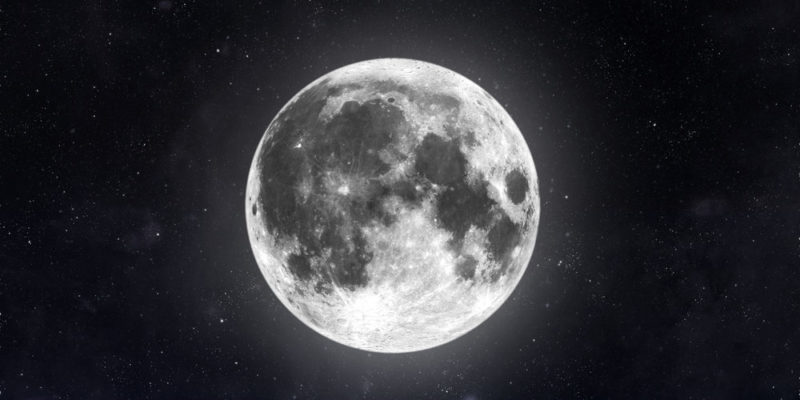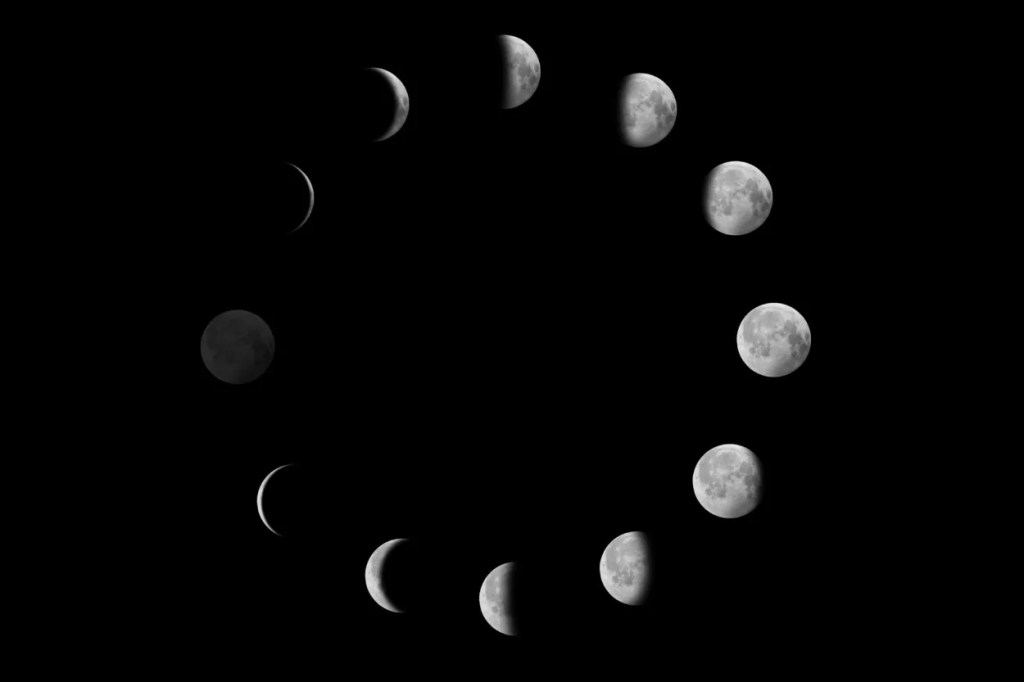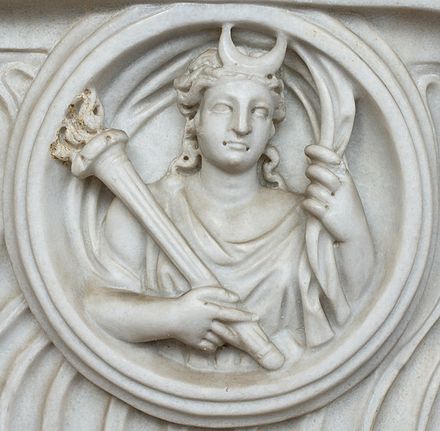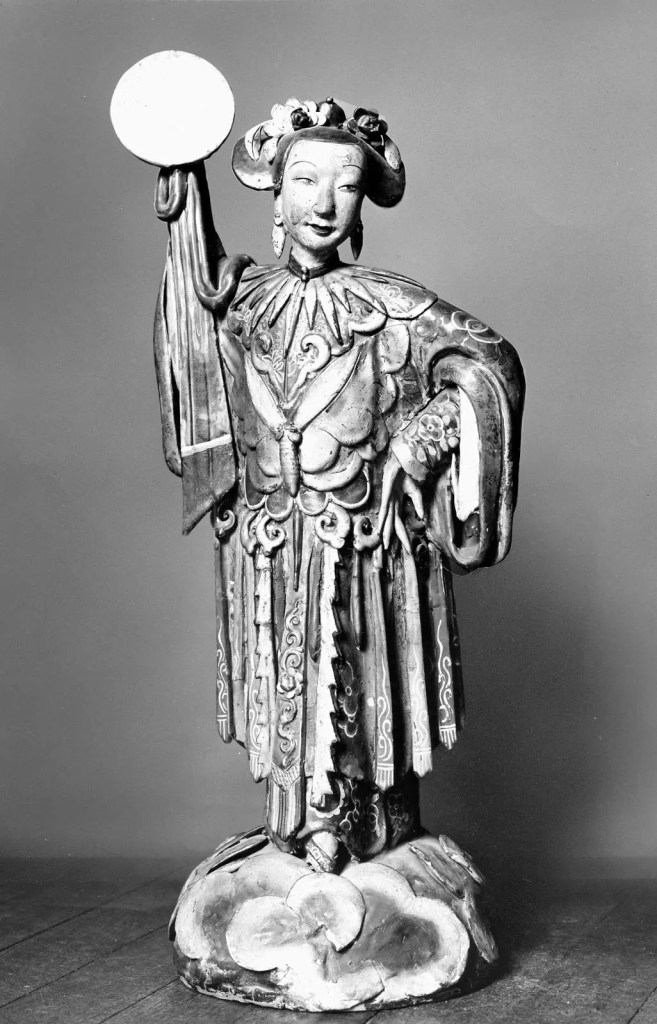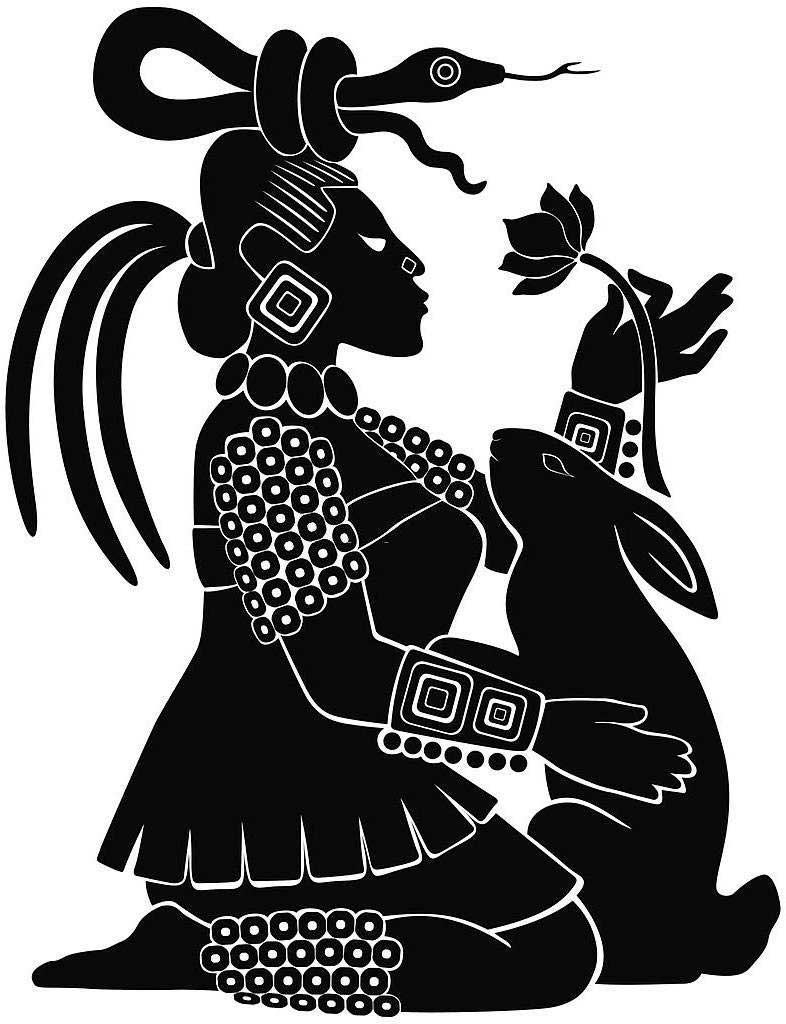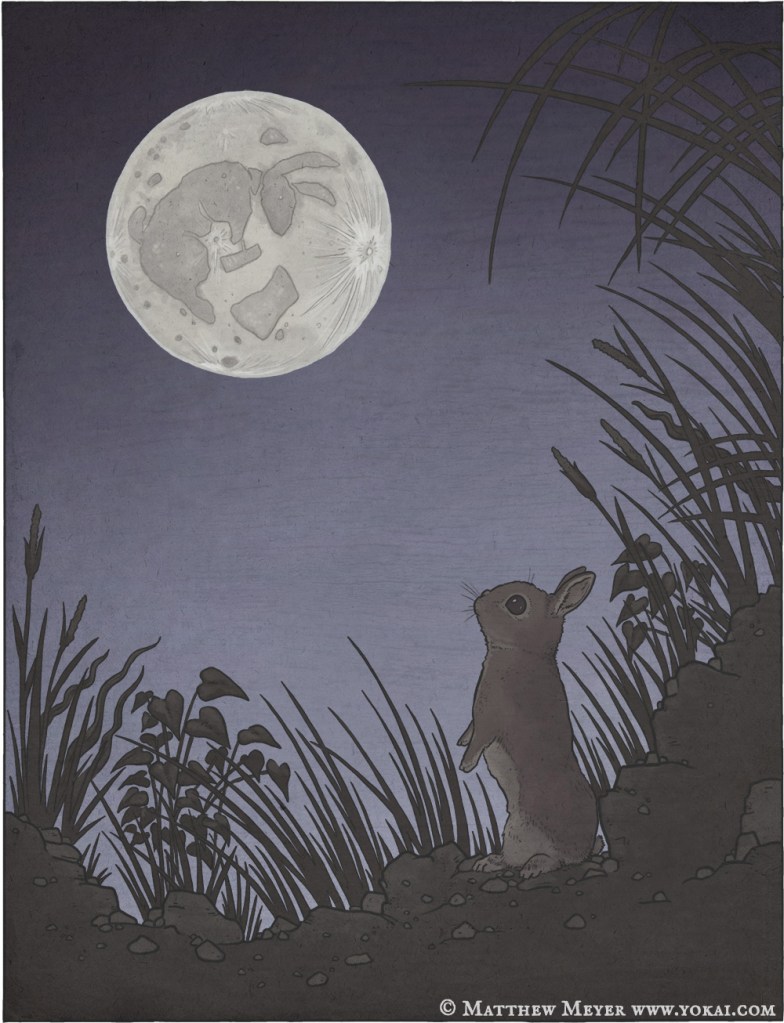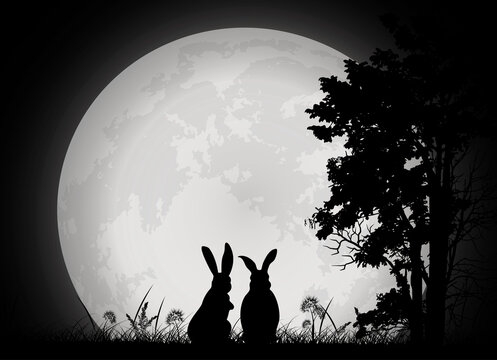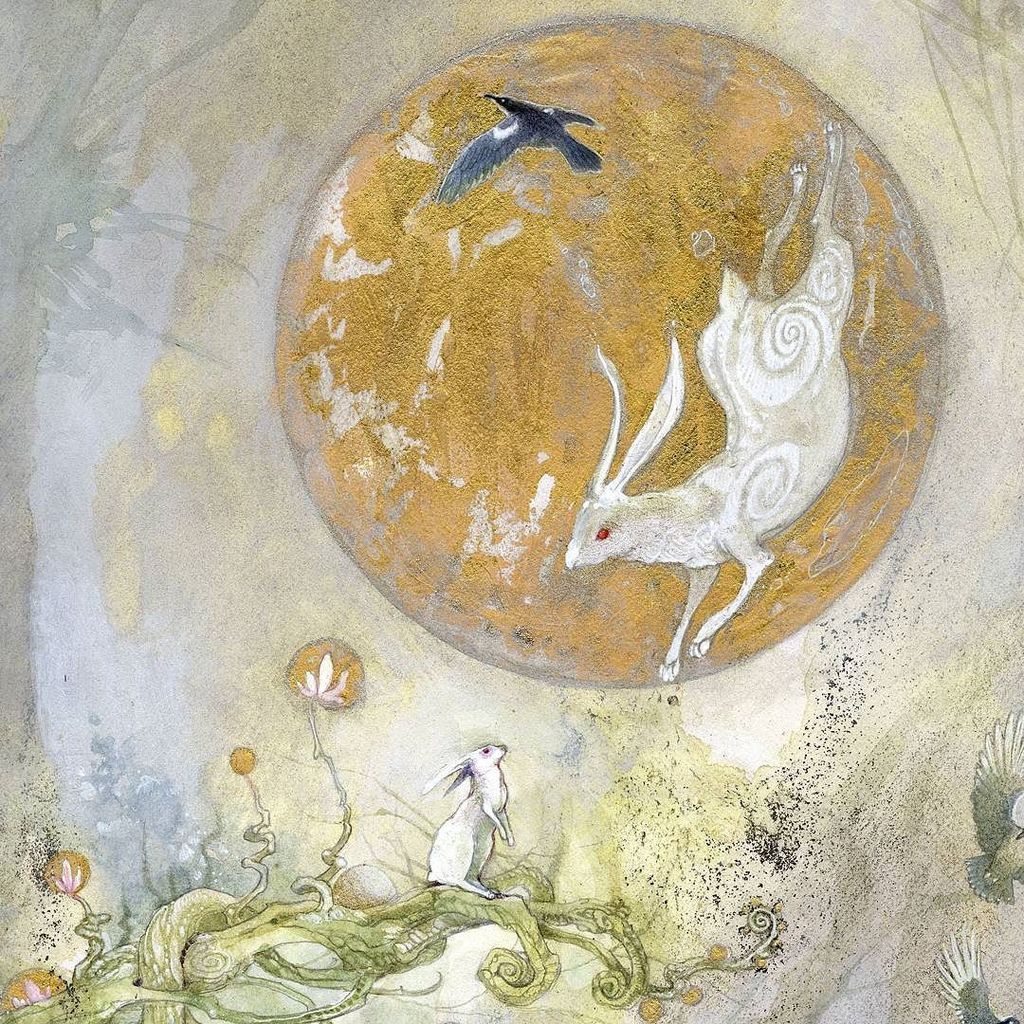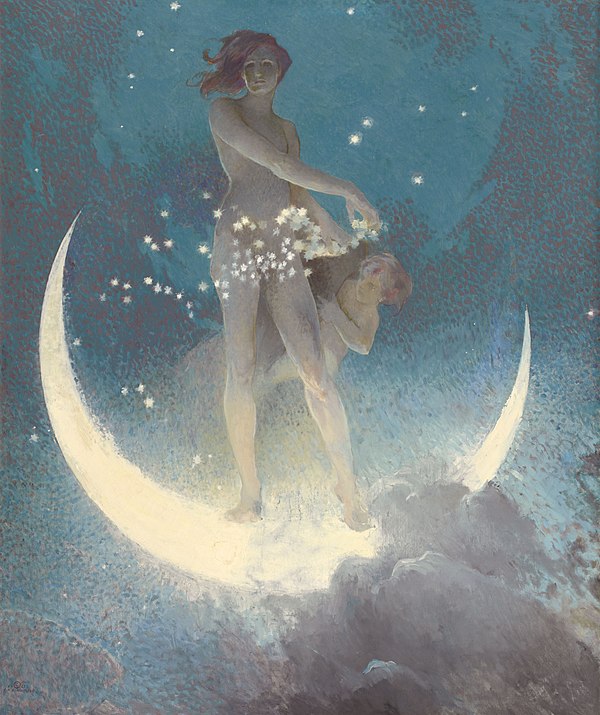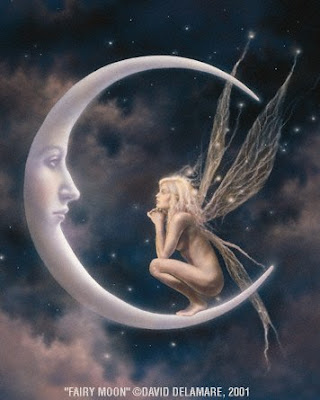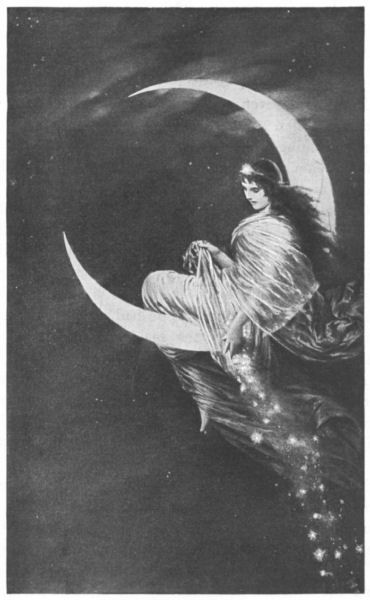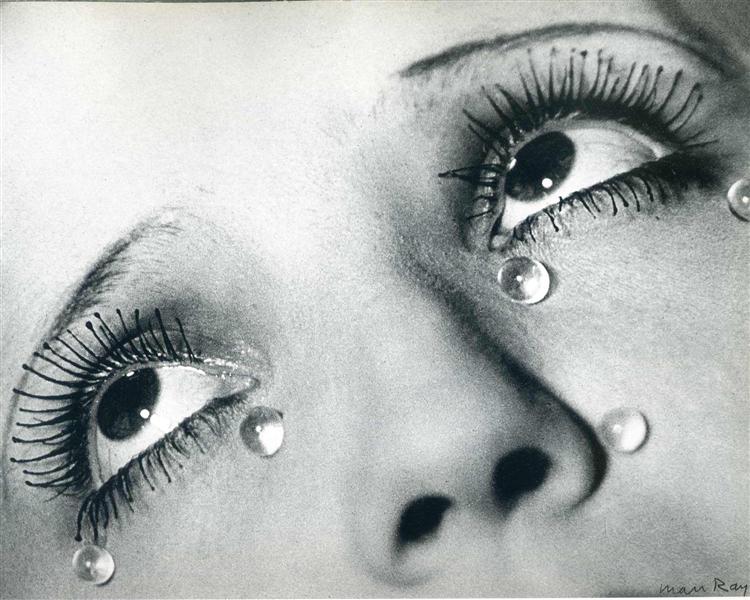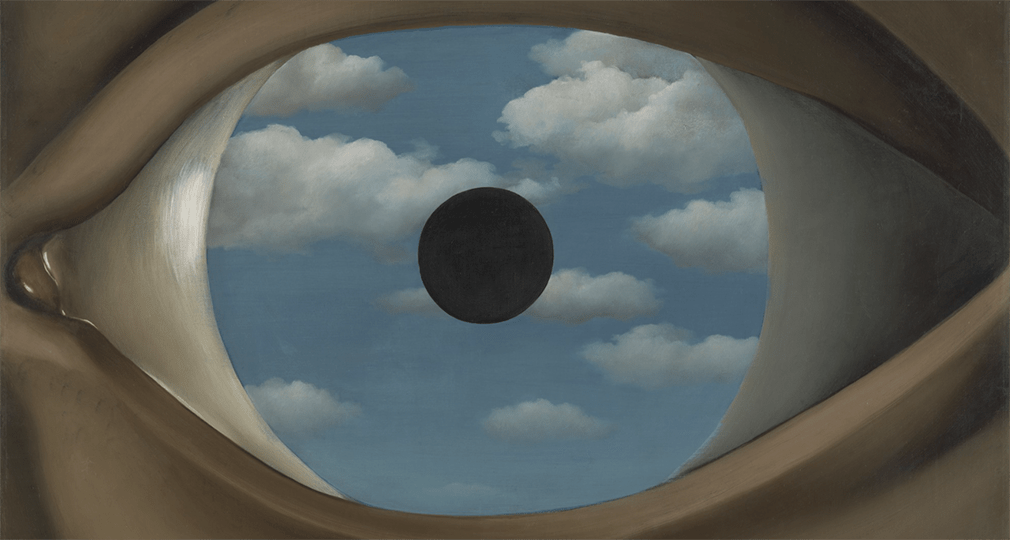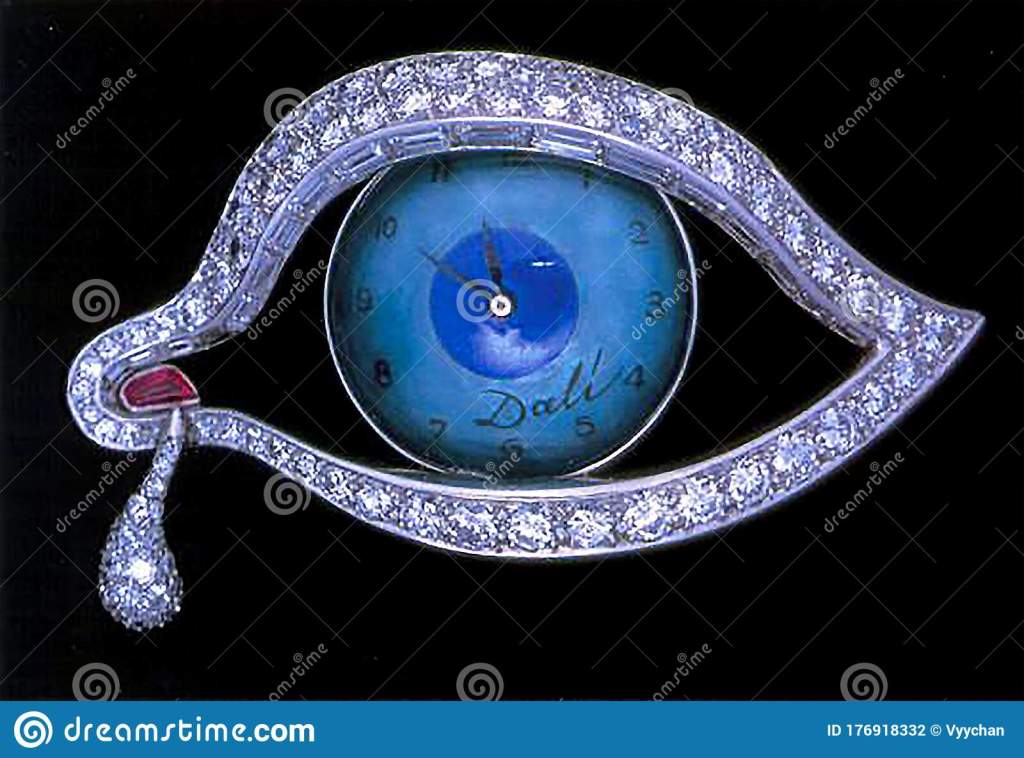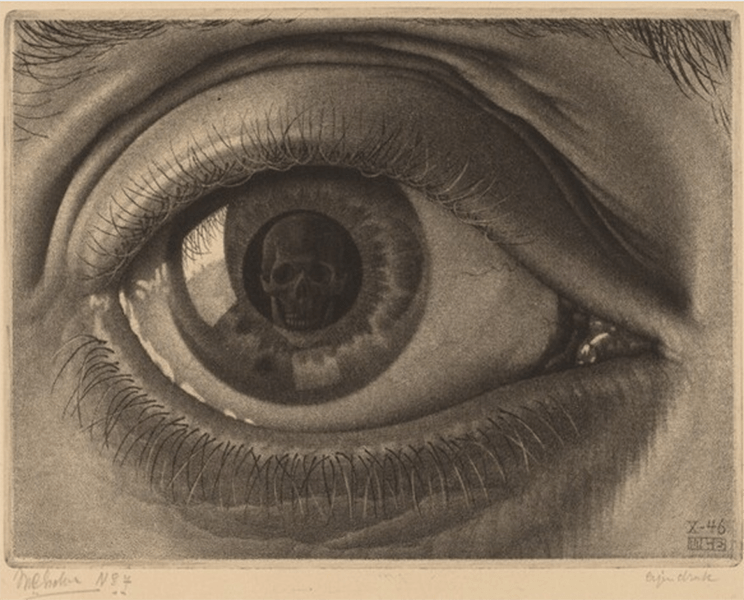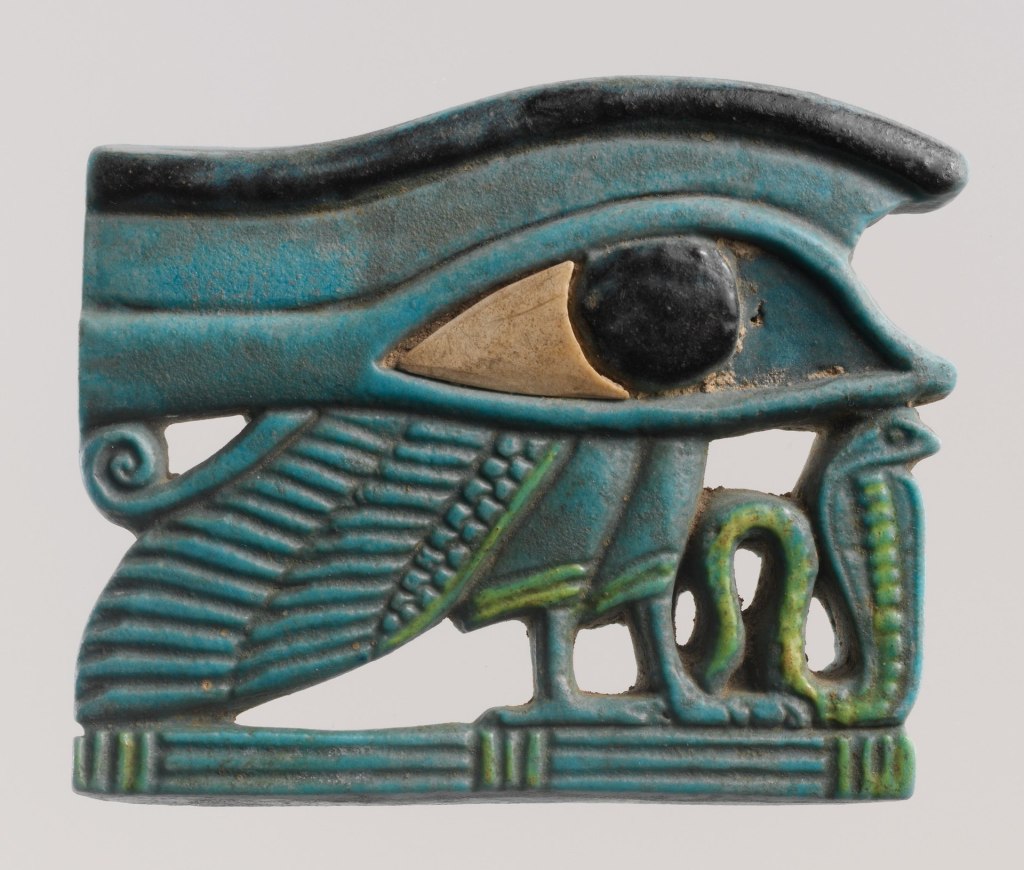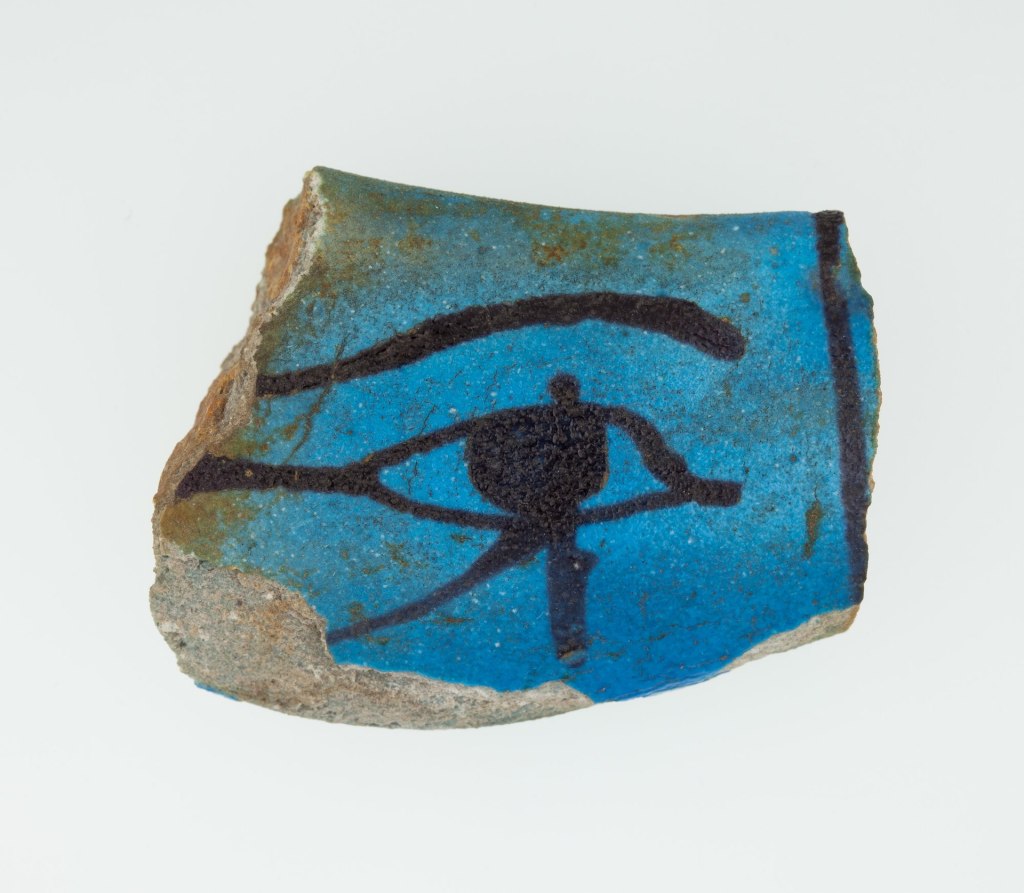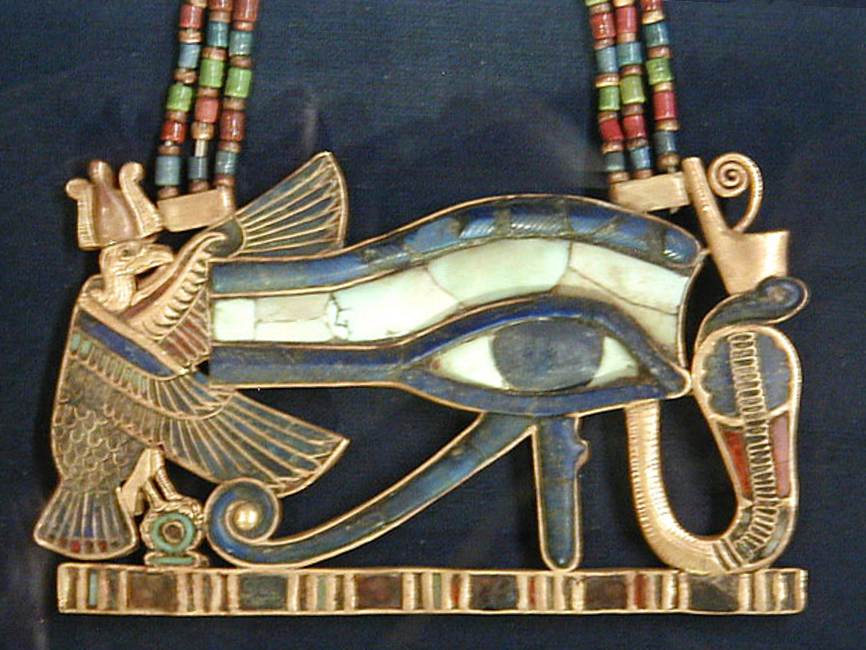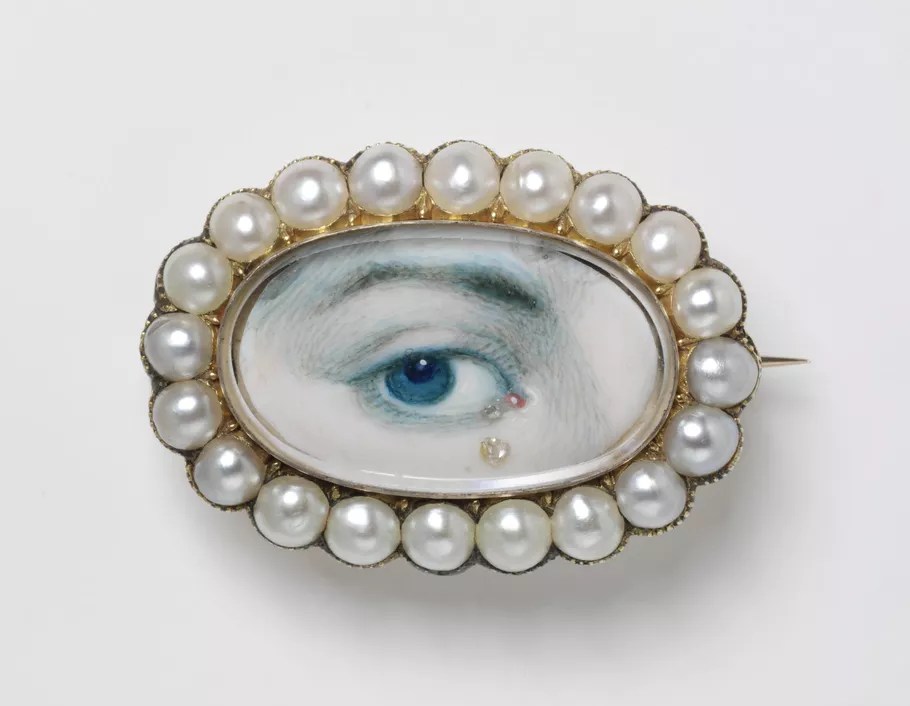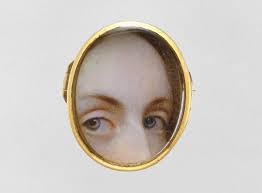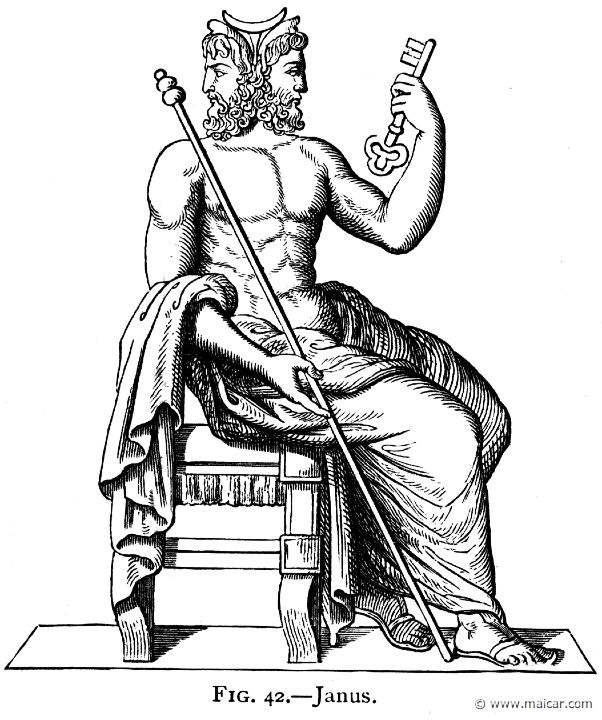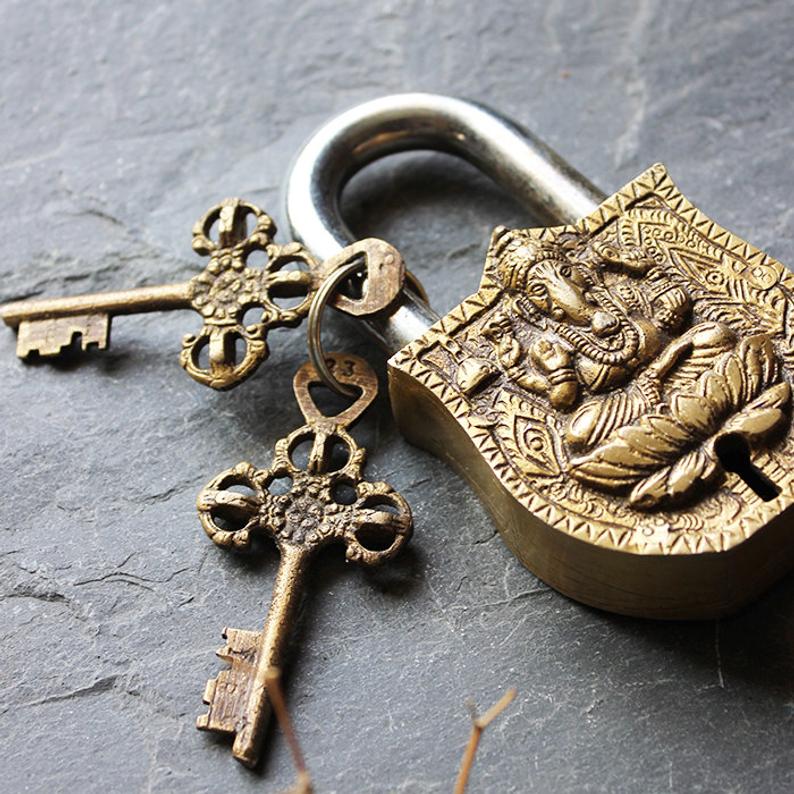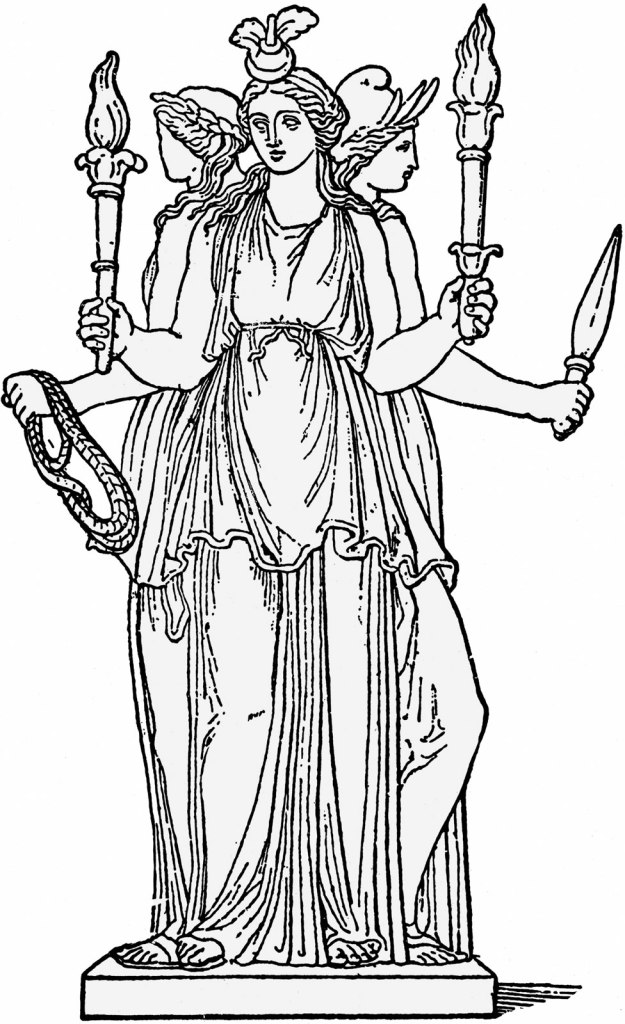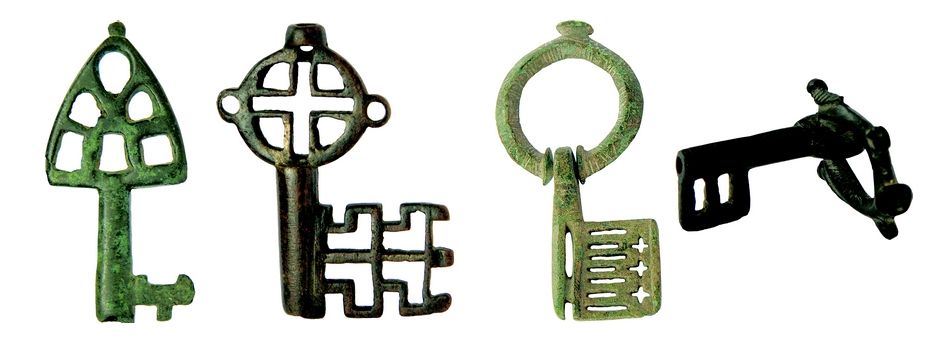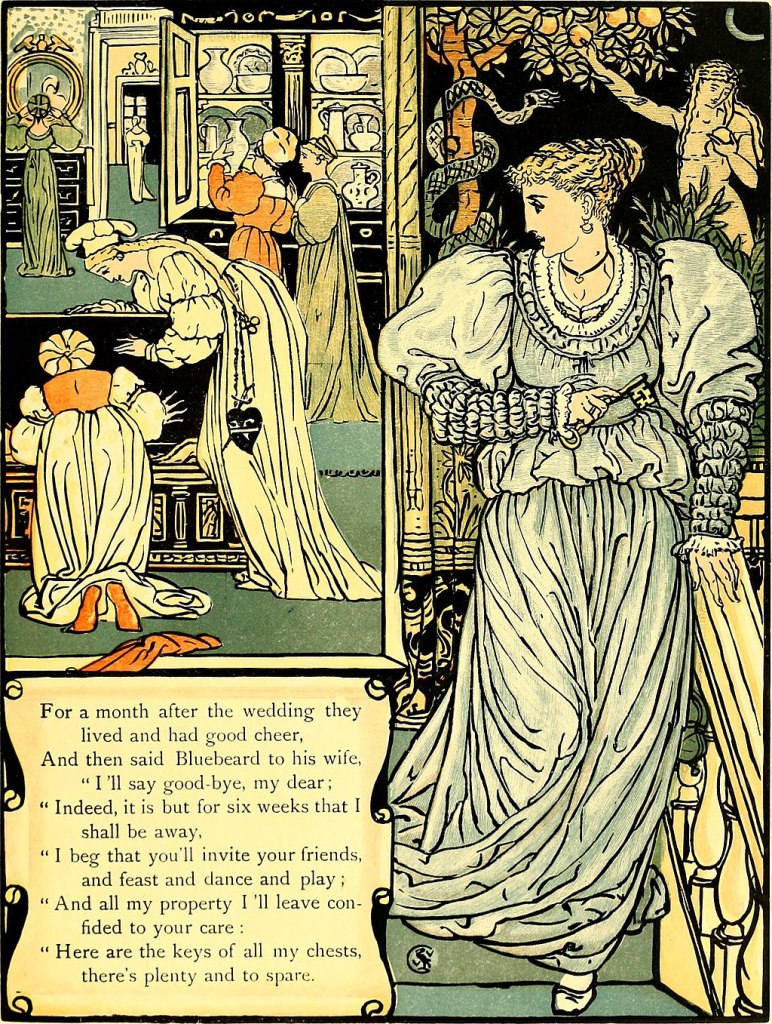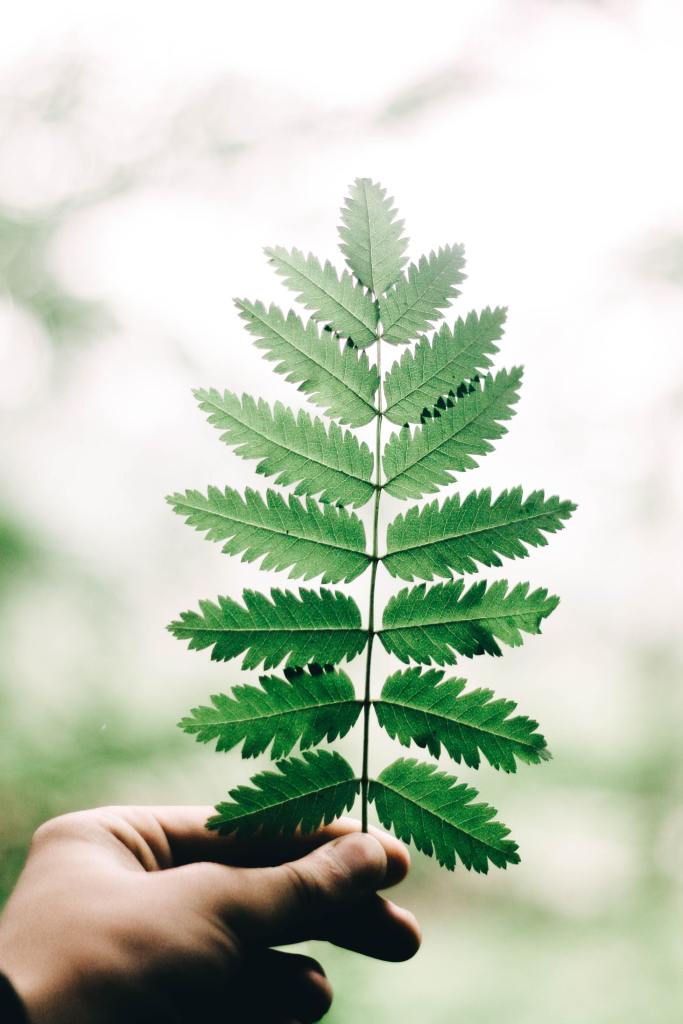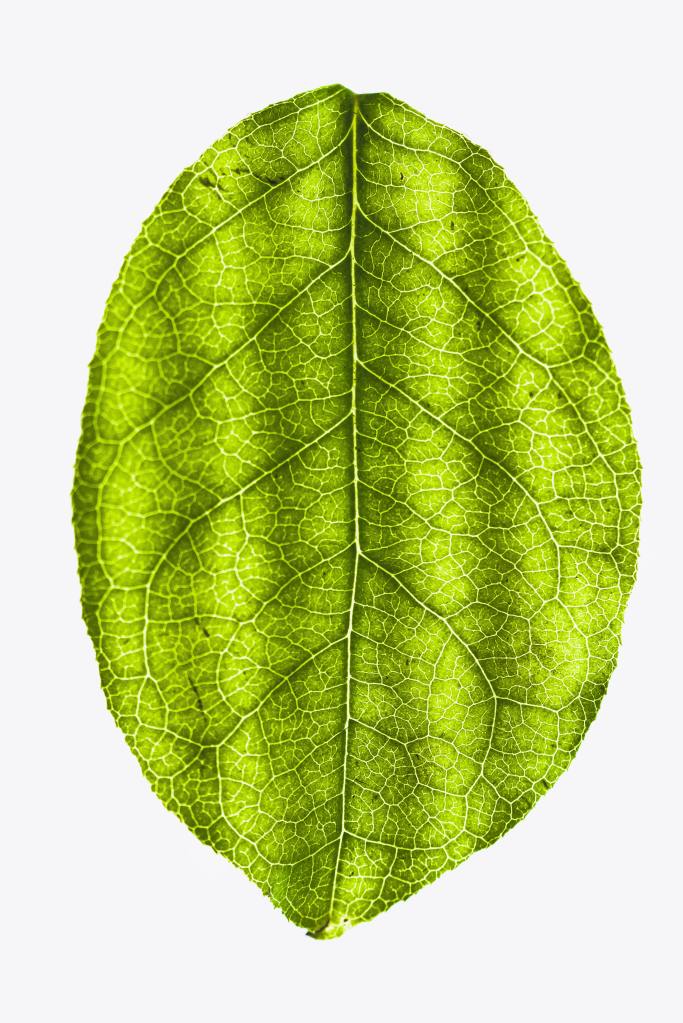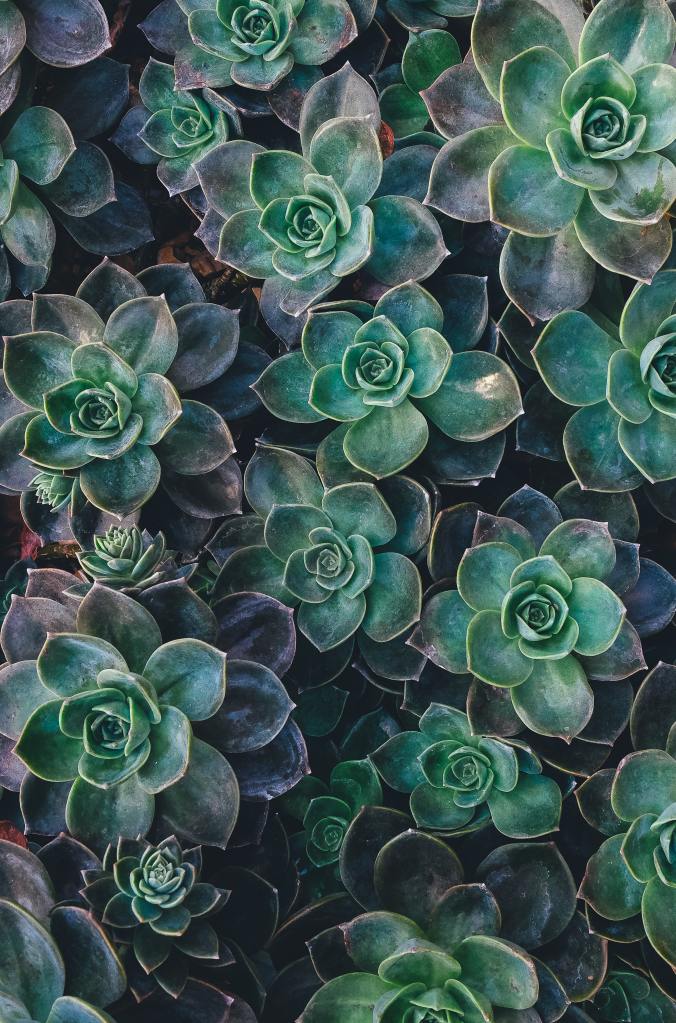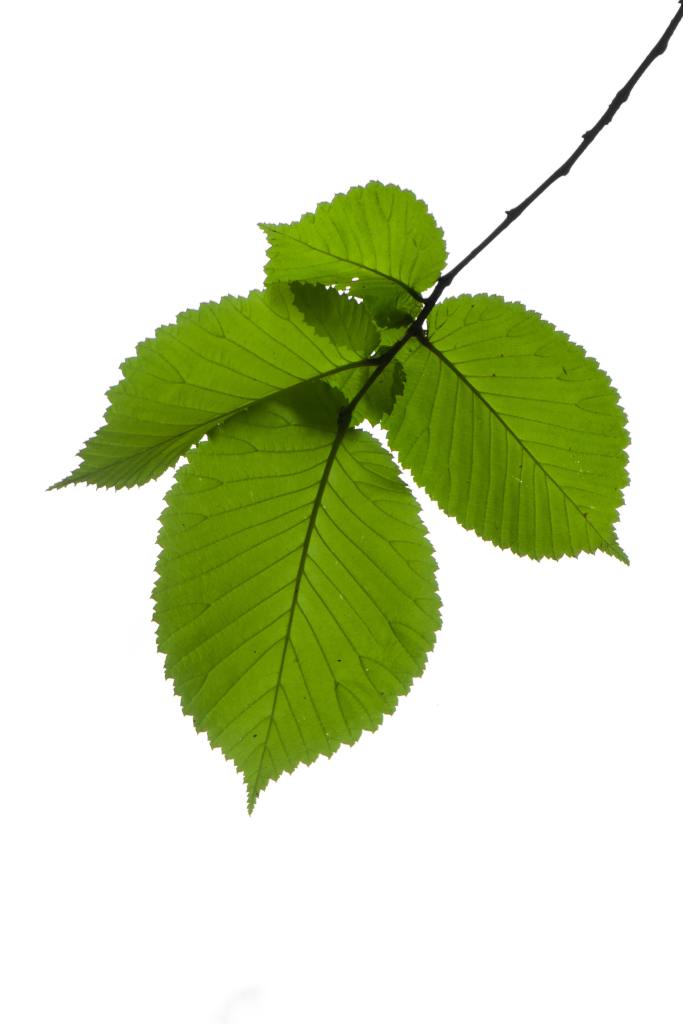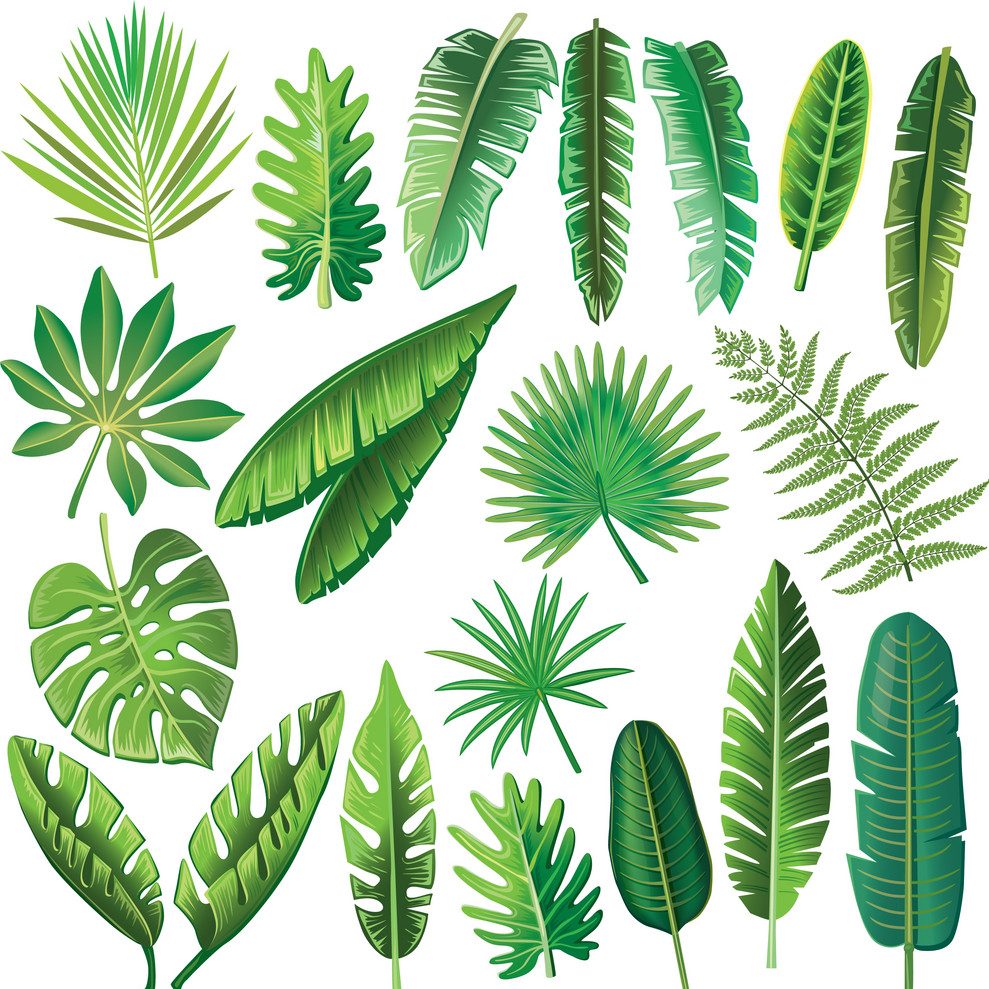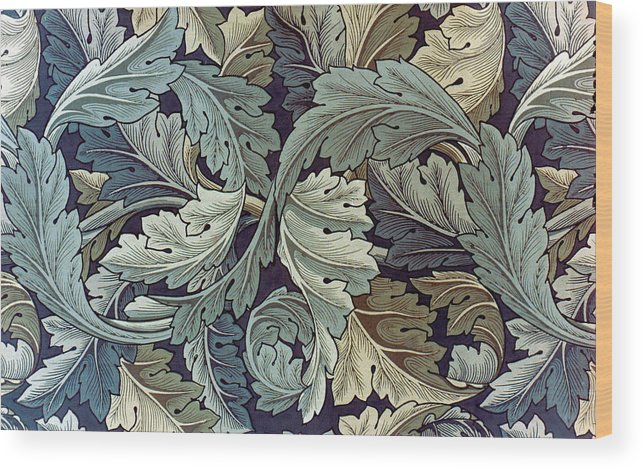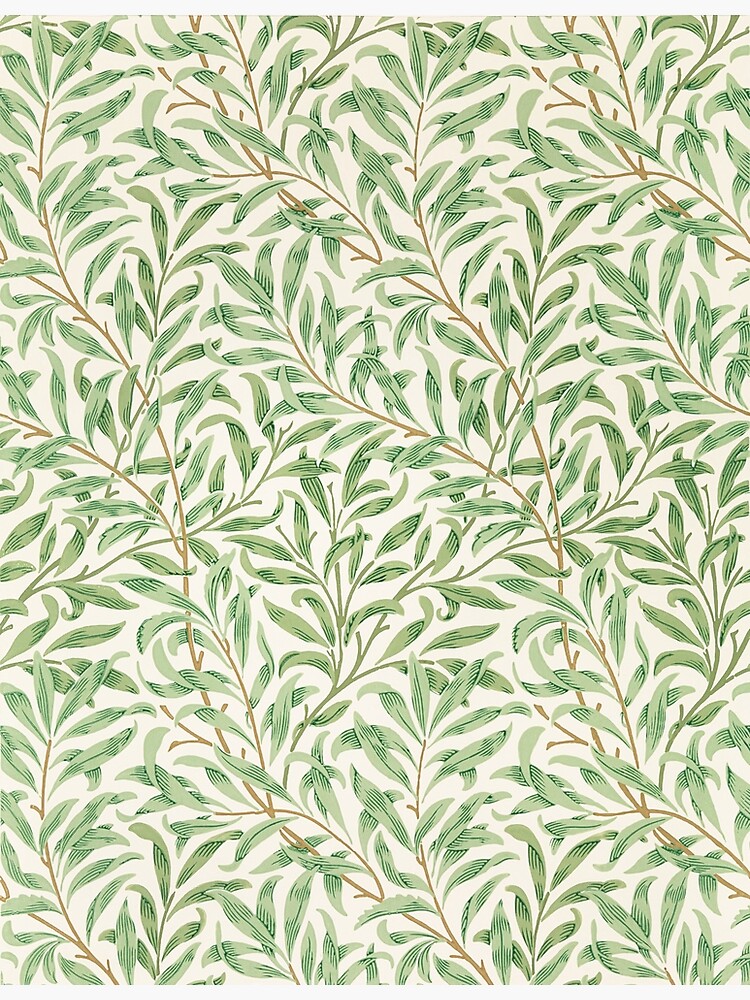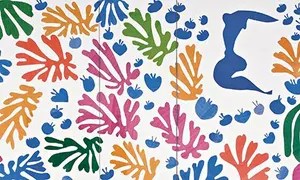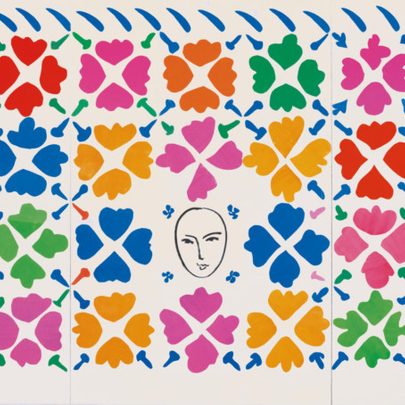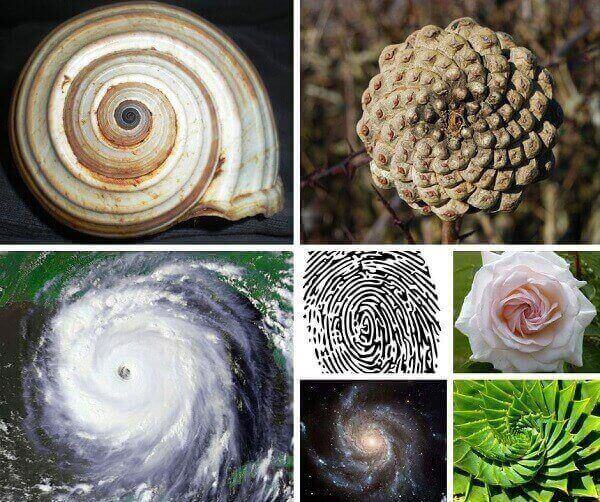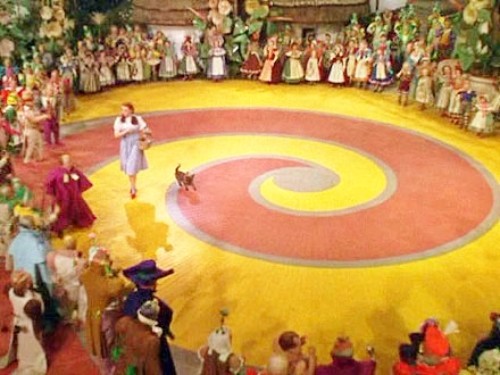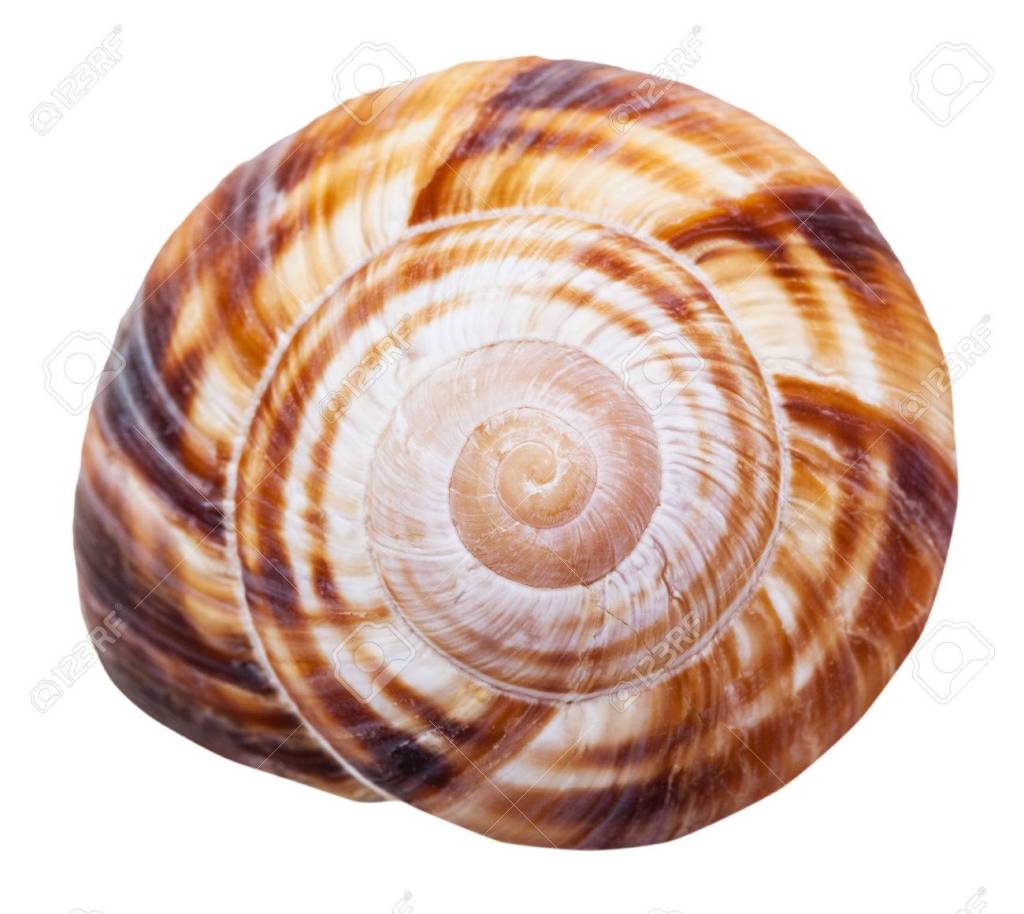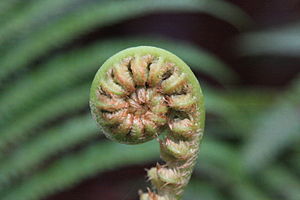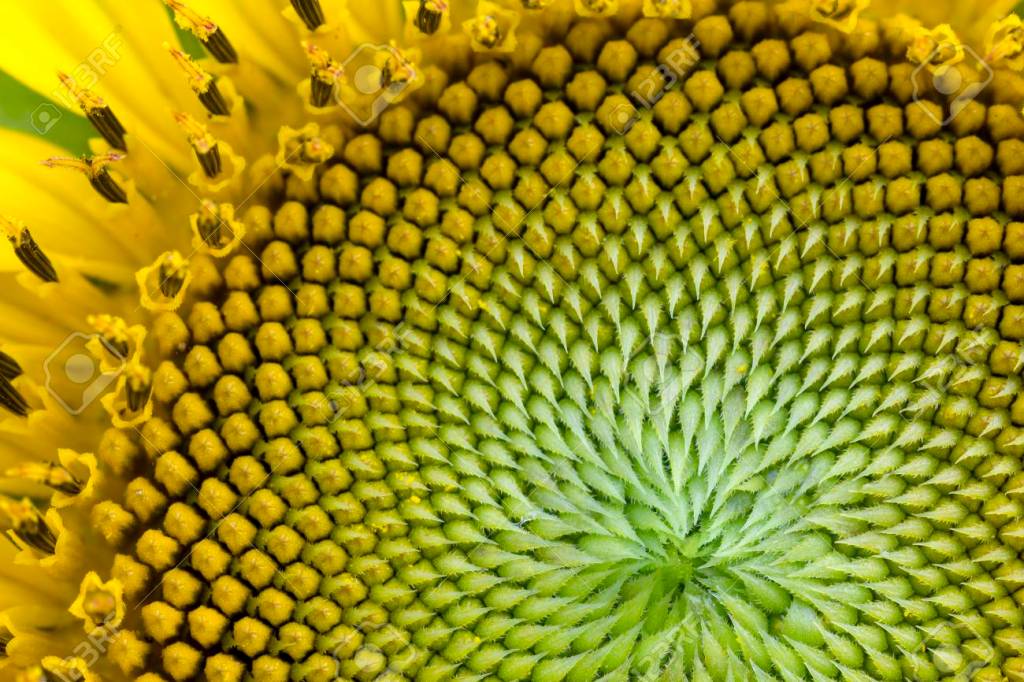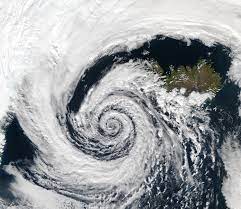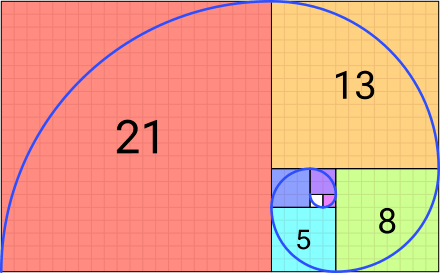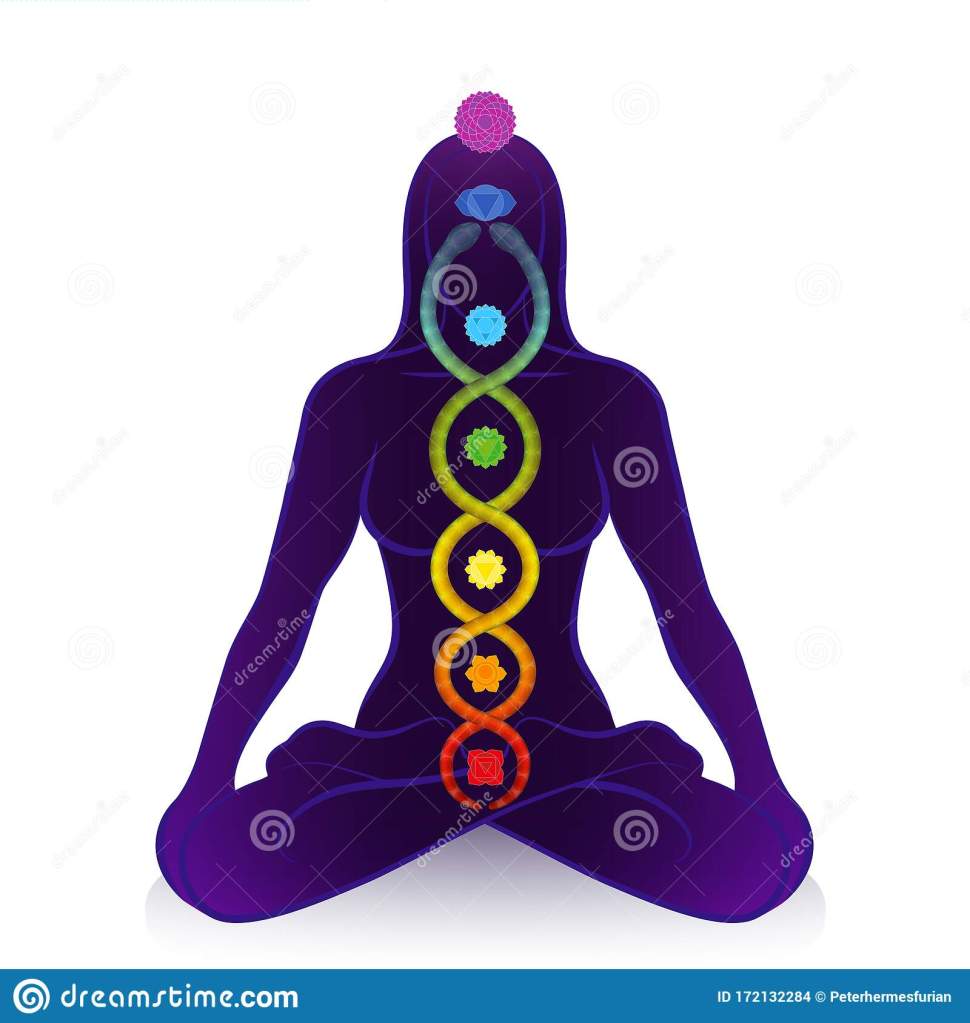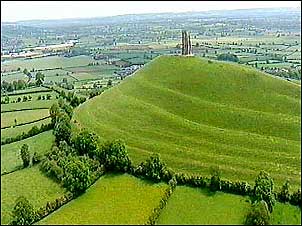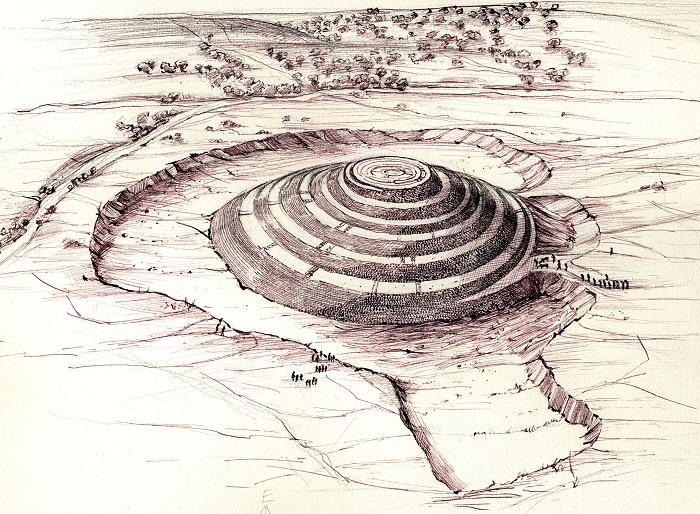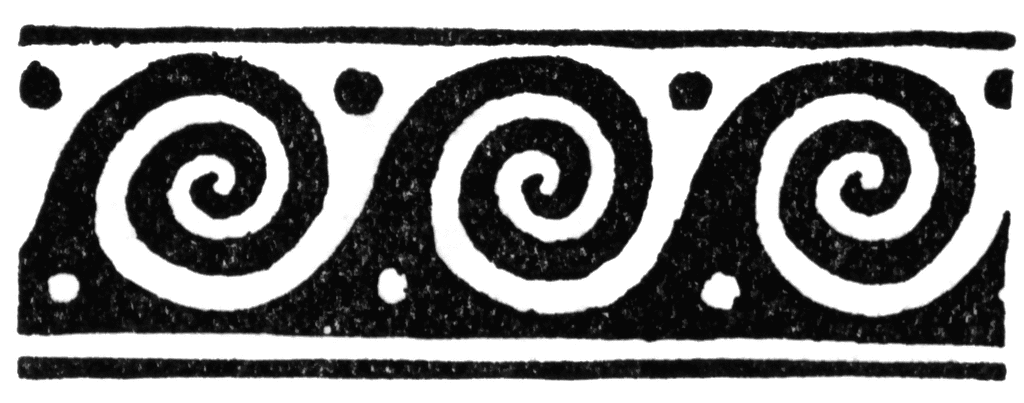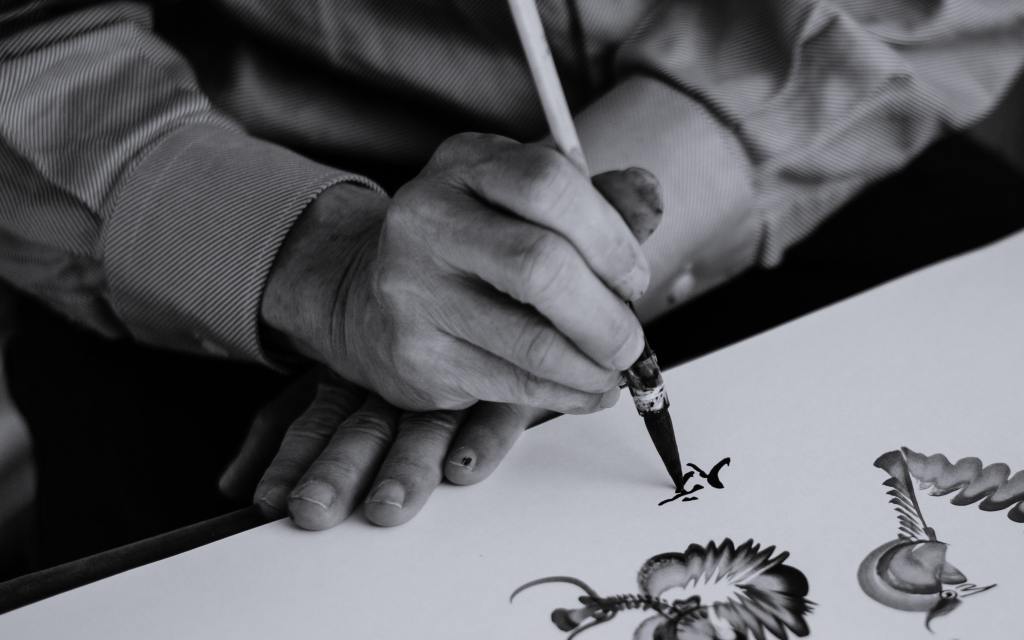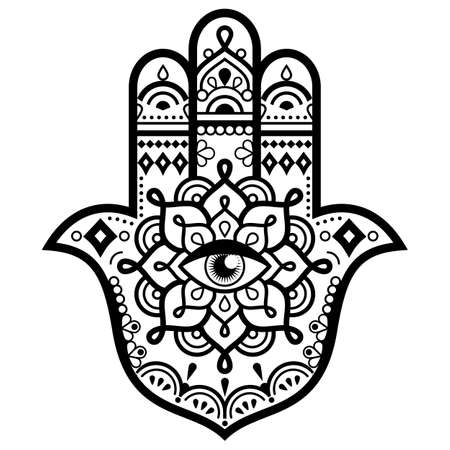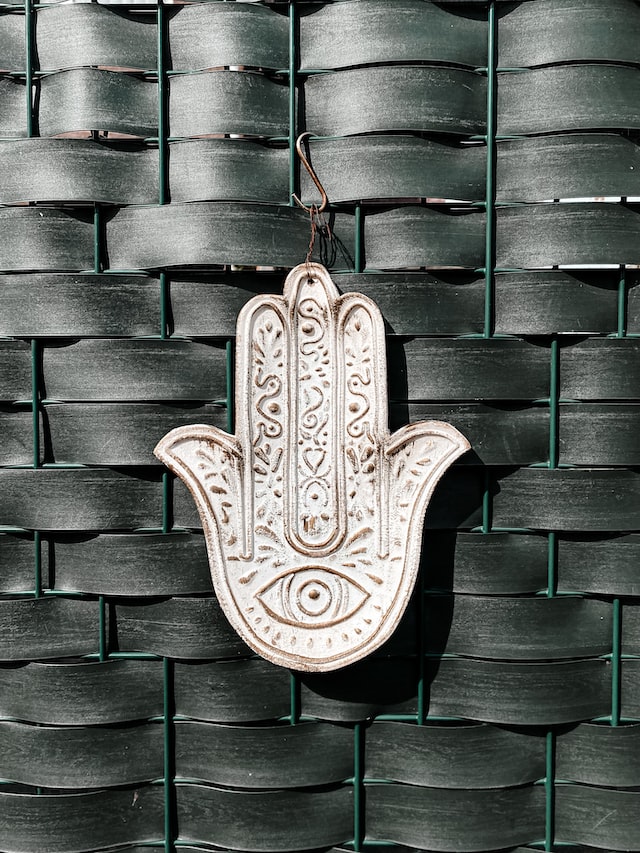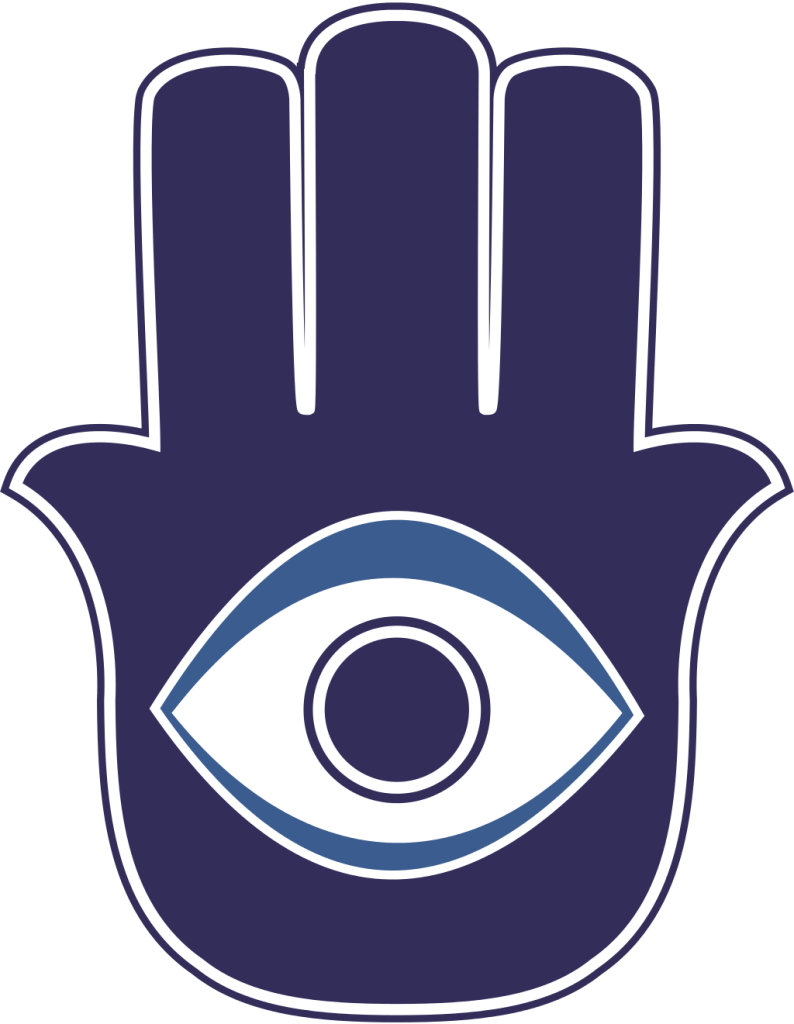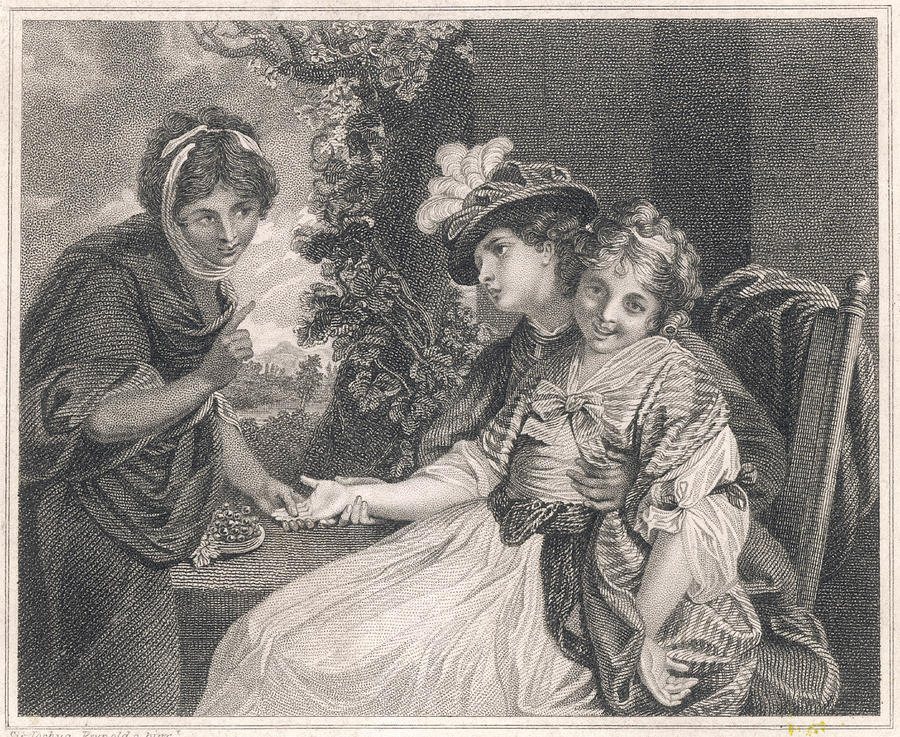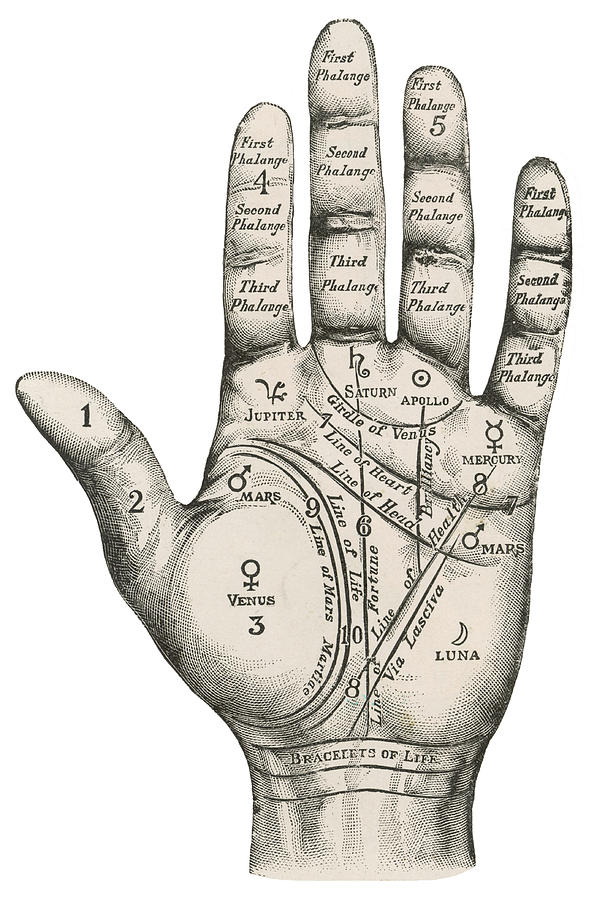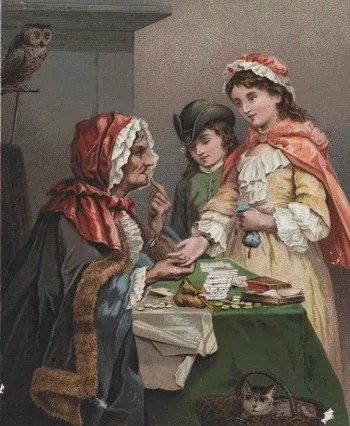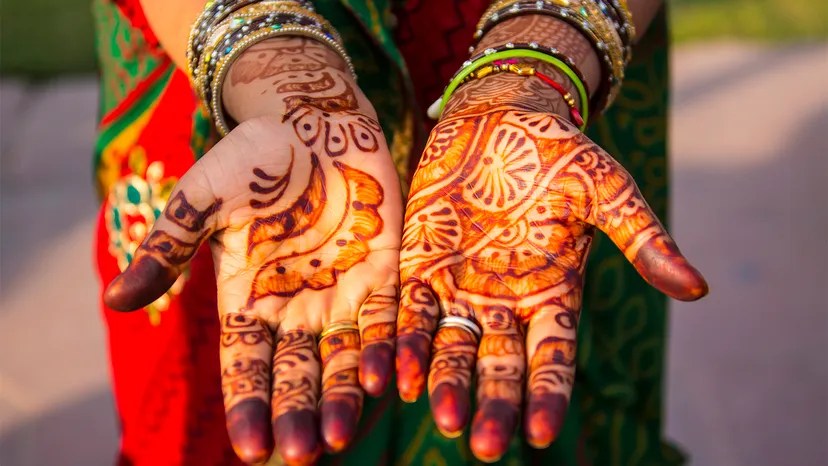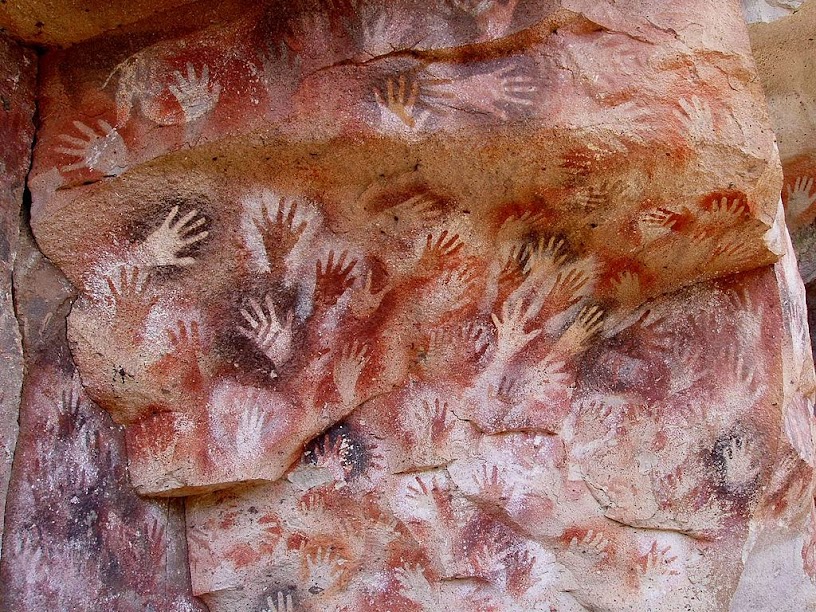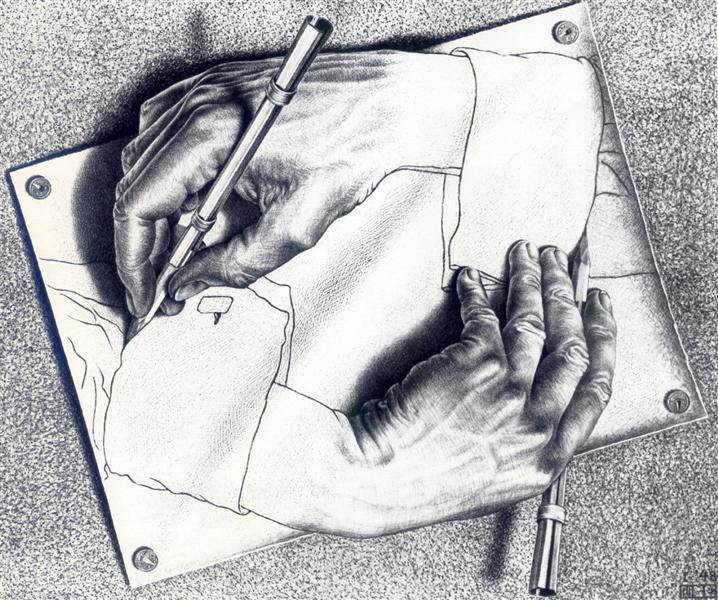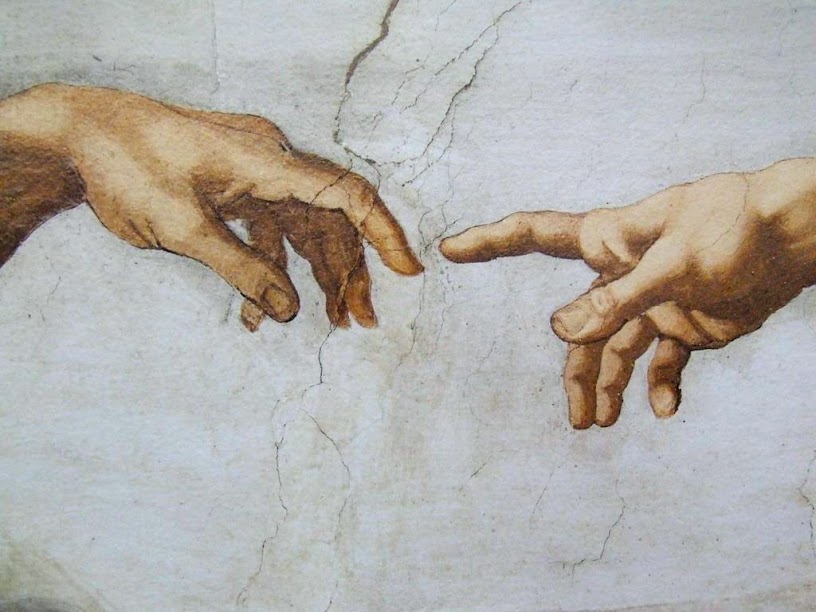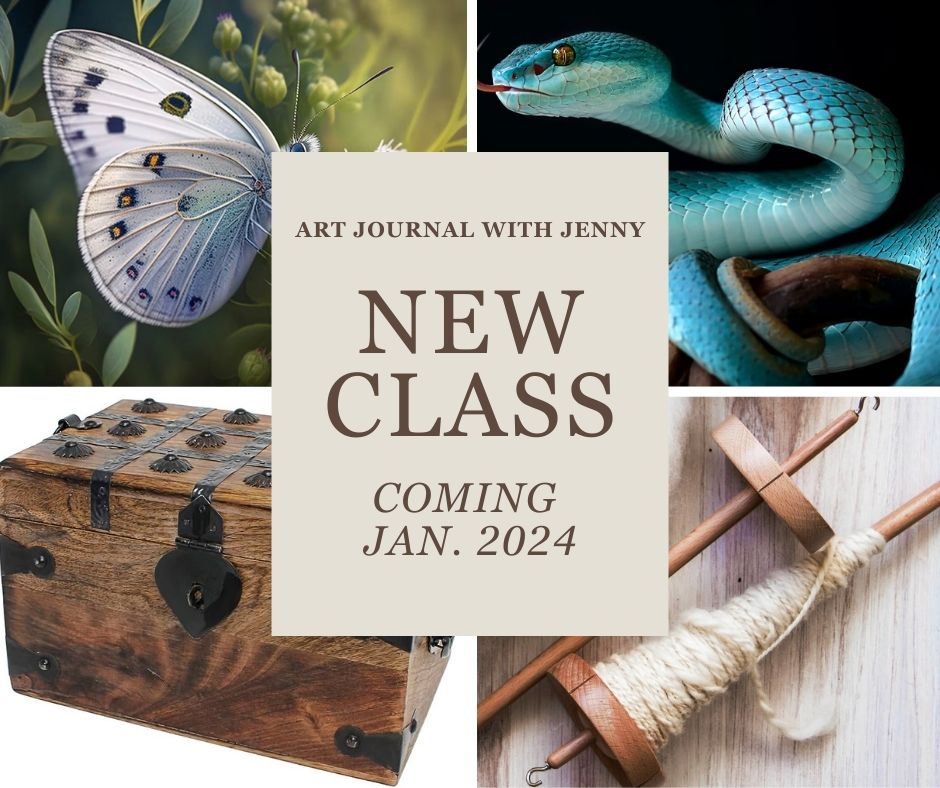
Retelling the tale – aka Misunderstood women of Greek myth.
After a hiatus of a few months… months of hectic work, festival, training the energetic puppy, and the like… I am back! I realize how much I need my art journal practice, both in a casual format for my self, and my health, and also in a more structured practice, divine gift other inspirations that myths hold. I am energized and excited by the research – and how it inspired and informs my work – both in my journal and in the ceramics studio.
This class I wanted to focus on women. As we (my former students and I) are coming from a year of goddess focused inspiration and devotion; I wanted to turn to our sisters, our peers, from the Classical world. Women whose names we may know from the myths, from history, from the writings of men in the past. Women whose tales are multilayered, whose journeys are myriad. Women who deserve a deeper investigation into their stories, a retelling with a modern lens, reclaiming their herstories with a feminist filter in place.
Pandora. Medusa. Ariadne. Cassandra. Psyche.
Princess, prophetess, priestess, daughter, sister, lover, wife.
If you are new to my online art journal classes here is the structure and format. As well as information on the theme and my teaching style! (If you are a veteran – dates and details below.)
- 5 lessons – 10 weeks. Lessons are emailed on Mondays, twice a month – and include private video tutorials, and PDF’s of information, images, and inspiration. Your access to these videos does not expire!
- There will be 2 Facebook live demos per month – for a chance to connect, have a Q& A session, see new techniques in progress. ( Recorded and posted in the FB group if you miss it)
- Schedule – START DATE January 7th. First lesson Monday January 8th. Ending mid March.
- Pricing: $65 – (that is only $6.50 a week – about the same as a fancy coffee!) Invoices will be emailed via PayPal, and can be paid via credit card.
- Sign ups: Email me at Jen.davies.reazor@gmail.com to join! Let me know whether you prefer an invoice or would like to pay me directly via PP/Venmo. (Or PM me if we are connected on social media)
Questions:
- Yes, this course is open to all ages, teen and up. ( There will be some light cursing and tough topics due to the subject matter. ie: assault, rape, war, slavery, torture… it’s all in the myths!)
- Yes, this course welcomes all experience levels. No, you do NOT need to know how to draw. (See video)
- Supplies list – whatever you have? More info given at sign up!
- What if I miss a lesson? Pick up when you can, on current lesson. You can cycle back later on your time frame.
- Facebook group is OPTIONAL as we all have different social media limits. But I can best support and provide feedback if/when images/pages are shared with me.
My YouTube channel has 2 years worth of weekly art journaling videos if you would like a sampling of my materials, style, etc. These aren’t lessons I am teaching per se, but my own play and explorations on the page.
Please feel free to contact me with any questions! I look forward to getting back to the page – and hope you will join me!
